|
My writer's group has been at it again. We have written three stories for your enjoyment. You cannot take the subject of murder lightly, though creepy and dark. However, I hope you can have moments of laughter during the reading of our characters' confessions. I love running writing workshops that extend our skills. However, this past week or so, I've had Fibromyalgia and ME/CFS flare. I was feeling so exhausted and could barely walk. So, I asked if my lovely friend Ester could run the group on Saturday instead. She said yes and immediately came up with a murder mystery activity. We were given pictures for the following categories: The Hapless Victim, Evil Accomplice, Pieces of Evidence, Scene of the Crime, The Murder Weapon, and Found in Someone's Pocket. We were to reach into each envelope and take out a photo, and then write a confession to a murder. *Please note, the following are works of fiction.  Confession one Melissa Gijsbers The prompts I had were: Victim: Preacher Accomplice: Indian contortionist Evidence: Photo from CCTV Scene of the Crime: Empty room Murder Weapon: Poison In Pocket: Ticket from a parking garage Here’s my story: Comfortfoodies.com/winter-comfort-beef-stew/ 27 August 2008 Today I want to share with you my recipe for the perfect winter comfort beef stew. This is a recipe that my mother used to make and it was always a hit at our church pot luck dinners. The beauty of this meal is that you can keep it on the stove and keep adding to it, so you’ll never run out of stew. Or you can freeze it in meal size portions to use at a later date or give it to someone in need. Growing up, we always had a supply of Winter Comfort Beef Stew in the freezer as mum would have them ready for family and friends who came down with the winter flu, or who had fallen on hard times. This supply was especially useful in the winter of 1993. I had just discovered that my brother was being abused by our local pastor. He was a slimy individual, yet no one believed my brother when he reported the abuse. Pastor Frank always talked his way out of any allegations and had a gift of turning things around to make everyone think the kid was making it all up. Pastor Frank would drive my brother out to the local paid car park, and park in quiet corner, do what he came to do, then drop my brother home again. Even the discovery of the parking ticket in his pocket didn’t change people’s minds that Pastor Frank was anything less than a good, upstanding citizen. I digress. In the winter of 1993, Pastor Frank came down with pneumonia. My mother had her supply of frozen stew, so I saw my chance. I offered to take a meal to Pastor Frank and my best friend, Arjun, came with me. We went to his home with the meal mum had already heated, and a packet of Rat Sac at the ready. As always, we waved to the CCTV camera Pastor Frank had at the door. We were just another of a long stream of visitors while he was unwell. We served him stew laced with Rat Sac, and chatted to him while he ate. When he was done, we washed the dishes and said good bye. The Rat Sac must have done its job as we heard the next day that Pastor Frank was dead. He had been found in the spare room by Mrs Maguire, the parish secretary, and it was reported that he had been poisoned. My brother was spared further abuse at the hands of Pastor Frank, and so were any other number of young boys. I have no regrets and have never been caught. Now, here is the recipe for my mum’s Winter Comfort Beef Stew. I got the idea for the format for this confession from various Facebook writing groups where they talk about confessions being included in food blogs as no one reads the story before the recipe! * This blog post originally appeared on Melissa's website here. 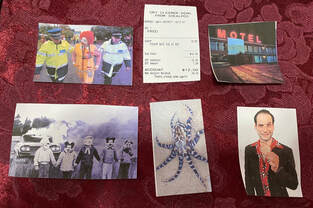 Confession Two Megan Higginson These were my prompts: 1) Evil accomplice: A guy dressed as Ronald McDonald being arrested. 2) The hapless victim: Weird, sleazy guy with a ‘Who’s Your Daddy?’ necklace. 3) Found in someone’s pocket: A $12 docket from the drycleaners for a coat. 4) Pieces of evidence: Photo of a burning car in a paddock with five boys with coats and masks on standing in front of it holding hands. 5) The murder weapon: A blue ring octopus. 6) Scene of the crime: a dingy motel. Here's my story. Macca’s Deathbed Murder Confession Yeah! Hi. My name is Macca. Well, that’s my nickname ‘cause my last name’s McDonald. Can’t really tell ya my first name ‘cause I forgots it. ‘Cause stuff happened, and the psych reckons it’s because I went through some sorta trauma as a kid. But, she’s wrong. They all be wrong. How do I know? ‘Cause my Think Melon be bringing stuff back. Memories, as I lay here dying, they be coming back. Like them puzzle pieces which get lost underneath the couch for the longest of times and then some decides to move the couch and pick up them puzzle pieces. But, at the moment, they be like a pile of memories. No order. No real substance. Blurred by bits of dust and time. Maybe talking it out will help slot it all into place. So, I guess I should start at the beginning. I grew up in a small country town. One supermarket. One doctor. And one dingy hotel. We had to catch a bus to go to a school in the next town. Though, once, we did have a school. It burnt down and no one built it again. Haha. Some reason I always laughed about that. I lived with my crazy uncle Ronald. He had wild red hair and worked at a crappy restaurant downtown. He let me do whatever I wanted. My mates would always hang out at my house. We liked to get dressed up in weird masks and go burn stuff. My uncle didn’t mind. Look. He even took a picture of me and my mates burning some idiot’s car. Oh! I remember. It wasn’t just some random’s car. It was some sleazebag’s car. And that guys name was… Oh. Ooo. His name was Bryce... Bryce Rickford. He always wore an unbuttoned jacket with the shirt hanging open to show his chest. Weedy guy he was. And he wore this big thick chain around his neck with a ‘Who’s Your Daddy’ pendent. For some reason, Uncle Ronald really didn’t like Bryce. Bryce lived at the motel. He’d lived there for ages. Then one night Uncle Ronald asked me and my mates if me wanted to get dressed up and go for a drive to burn something. We did. We burned the sleaze bags car. By the sounds of things, that sleazebag Bryce had come into the restaurant and had been horrible to just about everyone, and no one did nothin’. And he did it a bunch of times. Uncle Ronald had had enough. He kept sayin’ ‘He’s going to pay for what he did.’ Don’t think burning the car would do much. I already had a better idea. But, burning the car was fun. Uncle took that photo. I even remember the smell of the burning metal and the petrol fumes and the clinking of the metal as it expanded, and the flames licking at the sky. Beautiful. And right after that photo was taken Uncle Ronald yelling at us to ‘Run!’ ‘cause we were in a field of long dry grass and the fire had started to spread. So funny. When we got back, all of us were sworn to secrecy. We made a pact never to tell anyone about what had happened, ever. Then, when me mates had gone home, Uncle Ronald sent me to the drycleaner, to get my coat cleaned. As I left my bedroom, I made sure Bro was okay. I had a special job for him. Oh, yeah. I forgot to tell you. Day before the car burning, I’d gone with my class to the beach. Snagged myself a blue ring octopus and popped him in a jar. Deadly little buggers they are. Just one has enough poison to kill ten adults. Called him B.R.O. Blue Ring Octopus. Get it. Haha. The day after the car burning, I rode me bike to the Motel. Took Bro with me. Staked out the place and made sure Bryce was out. Then I convinced the receptionist I was Bryce’s nephew from the city. Told him a sob story of how I’d travelled all this way and was so tired, and could I wait for my uncle in his room. Sucker let me in. I snooped a bit. Moved the odd thing around so Bryce would come lookin’ for 'the person in his place.' Then I hid in his wardrobe. Yuk. Smelled of Old Spice and Brylcreem. Then I heard the door open, and Bryce chuck the keys on the table. And then he swore. I could hear him stomping around the place, cursing and swearing. My heart was pounding. I was smiling. The time was near. The bedroom door squeaked open. ‘Come out. Come out, wherever you are, my little 'nephew'.’ Man. You could even hear the air quotation marks. I slowed my breathing. Screwed of the lid of the jar. I got ready. Bryce flung opened the wardrobe doors. I yelled, ‘Time’s up!’ and flung the salt water and Bro right in that sleaze bags face. You should’ve seen the look on his face as he fell back on his bed. Then the wailing started. Last I saw of Bryce Rickford he was screaming in agony. Goodbye, Bro! You did well. Then I left and played with my friends at the park. It was fun. Confession Three Ester de Boer Here are my prompts: Here's my story: 3rd of January 1981 in the Big Banana Caravan park in Yorkeys Knob. I began, during a period of convalescence following a serious crochet injury, to write letters to prisoners. I came across this site online that asked people to write to felons serving long term sentences in prison in the US. Perhaps I was drawn to the sense of danger – that is, communicating so intimately with dangerous criminals while at a safe distance. There are certain subjects you’re not allowed to talk about, and it is strongly advised that you use a false name and PO box, for obvious reasons. One man drew me in more than the others- Albert Fruit. I call him Bertie. It wasn’t romantic at first, but there was something tortured and soulful in the poetry he sent me, the simple, childlike drawings of life behind bars… He told me how he’d been framed by his employer, a rich bitch named Marcie Crump. Crump lived in an opulent inner-city penthouse inherited from her late father, the sock baron, Marmaduke Crump. Bertie worked the machines at one of her family’s huge sock warehouses in Seattle and then after hours doing odd jobs at her penthouse. She lived surrounded by cats and the penthouse was crammed to the ceiling with junk she hoarded and smelt like cat piss. That was 1978, the year of the terrible exploding socks incidents- you may have heard of it. Fifty innocent people were left footless after her socks suddenly exploded on their feet (a result of the chemical compound used to create their new anti-odour fibre being activated through friction- in gym socks!) and she and her fancy lawyers plotted to blame Bertie. They claimed that he’d doused the socks with radioactive explosive foot deodorant bought from roadside vendors in Turkmenistan. Bertie’s never even been to Turkmenistan! But poor Bertie was representing himself against a team of the best lawyers money could buy, and, well… He’s not very smart, my Bertie. Anyway, through our letters we got closer and closer until he proposed to me. I didn’t hesitate. I know people won’t understand, but love has no barriers, not distance, not bars- so I bought an airfare to the US, and we married at the high security prison with the guards as witnesses. I returned to Australia, empty and lovesick, but my Bertie had a stroke of luck. Some bunch of do-gooders that do theatre therapy with prisoners visited his block. They did this crazy play about the importance of keeping up good eating habits while behind bars, with each dressed up as a different type of food, dancing about on stage. Bertie, who has always had a streak of the thespian in him, asked one of the actors if he could have a go in his banana suit. He said the moment he donned that suit, he felt a sense of freedom he’d never felt- he frolicked, twirled and danced, to the delight of the other inmates. He’s got a natural charisma, my Bertie. The escape was actually accidental. The real banana man suffered a concussion backstage (slipped on an actual banana skin, would you believe!) and was knocked cold. Nobody saw, though, but my Bertie, and he wandered out to get help, only to be gathered up with the theatre therapists and ushered out one set of doors, then another, then another… Well, Bertie just kept his head down, and shuffled along and out to freedom! With the help of some contacts he’d made on the inside, Bertie got a fake passport and borrowed money to travel to Australia. We met up in Yorkey’s knob near Cairns, and, under a new identity, my darling Bertie got a job as the face of the Big Banana Caravan Park, entertaining the children. The kids just loved him! For a while things went brilliantly, then one day we went out for drinks (hobnobbing it up!) at a posh resort at Port Douglas, and who should be sipping cocktails in the lounge but that rich bitch Marcie Crump- wearing a fur, even in the middle of summer, and with her cats, poor little things, all shackled strapped down in a plush velvet pram she pushed around. (Bertie hates people who wear fur, even in cold weather. He’s a real animal lover- that’s one of the things I love about him so much). She looked right at us- right at my Bertie- and an evil smirk stretched across her mutton-done-up-as-lamb over-painted face. I was the one who decided what we needed to do…she would talk for certain. Bertie, though, wanted to try a softer approach. Back when he used to work for her in her penthouse, he overheard a lot of conversations between her and the stakeholders of the company- dodgy things- illegal things. His idea was just to blackmail her- send her an anonymous letter to her hotel room. Unfortunately, He wrote a return address on the back. (He’s not the smartest, my Bertie). She wrote back and let us know that, apparently, using hair dye on your cats’ fur and sneaking champagne bottles into the neighbour’s wheelie bins do not count as a strong basis for effective blackmail. Bertie was despondent- he couldn’t go back behind bars, so he decided to follow my plan. She was going back to Seattle in a week’s time, so we had to move fast. Marcie, apparently, loved health spas. I dressed up as a glamourous cosmetician and knocked on her hotel room door, announcing with excitement that she had won a weekend at the most expensive health spa in Australia- the Pig Pen. Although skeptical, she was finally won over when I told her that the free offer was not made to the common public, but only to a very exclusive clientele. I also assured her that all the products used were tested rigorously on as many helpless, endangered animals as possible. She was sold. The address of the spa was a pig farm just down the road from the caravan park. We arrived in advance on foot through the bush so we wouldn’t be seen driving there and back. She was confused when she arrived with her pram full of cats- no upmarket salon or army of staff waiting to fuss on her. From behind the barn leapt Bertie- heroic and fearsome! What a man! “You evil, cat-tormenting liar!” he cried and before she could reply or defend herself, he stuffed the banana costume over her head and tossed her into the pig pen, where the pigs (raised solely on a diet a ripe, tropical bananas) swarmed over her, turning her quickly to a gruesome fruit salad. We quickly unshackled her poor moggies from the pram and used an old bicycle in the shed to ride back to the caravan park, beaming all the way. There was just one hitch. As she struggled to free herself from the banana costume, out of the pocket of her fur coat fell a piece of paper. It was a return ticked to the US. Bertie took it thinking how nice it would be for us to celebrate with a little holiday. Unfortunately, that was the final bit of evidence that got us caught. He’s not that smart, my Bertie. Thanks for reading our stories. I hope you enjoyed them. If you'd like to read more, in the Search bar, type in 'stories.' Melissa Gijsbers also runs Junior Writer's Club for young writers. Coming up she will be holding a virtual, and an age appropriate, version of Confessions of a murder. Please feel free to contact her is you have children who may be interested. Feel free to like and share this post.
0 Comments
My Challenges and Successes of 2020 While Living and Working with Multiple Chronic Illnesses31/1/2021 Children's author Julie Hedlund, challenged participants of her 12 Days of Christmas for Writers series to post SUCCESSES (rather than resolutions) on our blogs this year. She believes the way New Year's resolutions are traditionally made come from a place of negativity - what DIDN'T get done or achieved in the previous year. Instead, she suggests we set goals for the New Year that BUILD on our achievements from the previous one. I've decided to participate in this Anti-Resolution Revolution! This is my forth year of participating and I look forward to it every year. For everyone, 2020 was a tough year on sooooo many levels. For me it was difficult because of major health challenges and NOT just the pandemic. Ahead is a snapshot of my year that was 2020. I'm late with this post as I usually post it at the end of December. However, I'd been busy finishing off illustrating a picture book, My Princess Wears a Superhero Cape by Melissa Gijsbers. On the 4th of January, I woke to find I couldn't get out of bed for a couple of hours, my head was fuzzy and I felt awful. I thought it was just going to be a bad day health wise and went off with my daughter to Coles. Nausea snuck up on me and the pressure in my head built. As we were leaving, I had to sit on a bench near the door. And then promptly fainted. When I got home I realised what was happening and took myself to bed to ride it out. I knew what it was. It hit me in 2018 when I was misdiagnosed with a CFS/ME crash. In February 2020 when I was finally starting to feel better from what I thought was a CFS Crash, I woke one morning and felt fuzzy in the head. Vertigo started and after a few days I started to faint. I felt unsteady on my feet. I still tried to continue to get the illustrations I'd been contracted for, working some days 15 minutes at a time with many hours of a break in between. And then I started fainting multiple times a day, it wasn't occasional anymore. I was crawling from the bed to the bathroom and back. My daughter had to walk beside me and catch me as I fainted several times in one trip. I couldn't walk out of the house and it wasn't safe for me to drive. This was way worse than 2018. After a couple of months and a number of trips to ED and various doctors telling me it was it was CFS crash again, I decided to take myself to another doctor 30 minutes away. My daughter wheeled me in a wheelchair as I could barely walk. I fainted in the waiting room while sitting. It was here I was I diagnosed with Vestibular Migraines, and when I started Vestibular Rehab Therapy, my physio added Vestibular Neuritis. I was finally on the right track to get better. And of course, this was added to my ever lengthening list of other health issues. Slowly, over 2020, I gradually improved. It was a tough year and yet I achieved a lot considering it all. Here is my list for 2020. 1. I completed illustrating the picture book, My Princess Wears a Superhero Cape by Melissa Gijsbers, despite dealing with new chronic health issues and being very sick much of the year. I was also mentored through the thumbnails through to sketches of final artwork by Nina Rycroft which was a great experience. 2. My picture book, Raymund and the Fear Monster is being sold worldwide. I even found out that it is being sold in a gift shop in Luxembourg. How cool is that! 3. Late in the year, I launched my YouTube show, Megan Meets late in the year where I interview children's authors and illustrators. 4. I polished 3 and ½ chapters of my middle grade sci-fi novel, and a junior fiction story for the Creative Writing Awards and submitted them. I also scrapped old chapters which no longer worked, and wrote new chapters for the same middle grade sci-fi novel. 5. My illustrating has gotten better this year as I was painting most days of the week. I learned so much by doing the work. 6. Our writer’s group pivoted, and we continued to meet together once a month, many times on Zoom depending on restrictions. I continued to run the workshops for our writer’s group and all our writing got better. 7. Not writing or illustrating related, but I worked out what clothing personality styles I have, and my colours, and bought a heap of new clothes (mainly op shop) which I love and enjoy wearing. 8. I received a lot of fabulous reviews from parents whose kids love Raymund and the Fear Monster, and even started off the year with a brilliant one from Children's Book Council of Australia -- Reading Time. 9. I attended a lot of online workshops with people I couldn’t afford face-to-face. This was invaluable. 10. I had my first virtual school visit as a Books in Homes Role Model with a school I would probably never visit in real life. It was lots of fun and the student asked some great questions. 11. Schools continue to buying copies of Raymund and the Fear Monster for their Wellbeing Program, or they have been gifted a book for their school library by parents. 12. I totally overhauled my website myself and gave it a fresh now look. 13. I managed to take some brand new profile pictures myself. Yes! They are all selfies. I use a remote for my phone. Phew! What a full year. And I haven't included everything. You might be wondering how I'm doing now. Four weeks into this relapse of Vestibular Migraines and, according to my Vestibular Rehab Physio, I have apparently made four months worth of progress in four weeks. It's because I knew it was a relapse and I just started at the beginning of my VRT (Vestibular Rehabilitation Therapy), and I'm on medication and just needed to add back a couple when I was at my worst last year. For me it's slow going as I had a bunch of interviews planned and some surprises. However, that's all on the backburner while I get better, again. I'm nearly finished touching up my illustrations for My Princess Wears a Superhero Cape. And, as long as I don't have too many days in bed, I should have them finished and off to the publisher soon. I'm excited to see what this year will bring. Life is never boring. I can't work like everyone else. I have to work to the the beat of my own drum. In amongst it all, life is good. How was your year? Feel free to like, comment and share this post if you have enjoyed it.
 Adam Wallaces’ School Visits 101 course rocks. Well, not literally. Although at one point he did play the air guitar and make the noises. However, this course is amazing. I can only imagine what one of Adam’s school presentations are like. Yet, if they are anything like I’ve just experienced, then they must be fantabulous. Adam is cheeky, light-hearted, full of energy and oozes with excitement for reading, writing and drawing as he generously delivers a course covering his 20+ years of knowledge and experience and 400 plus school visits. And because he is so energetic and inspiring, if I wasn’t beforehand, I would be inspired to go out and do my own school visits. I would be pumped and ready to go out and inspire some kids to get into reading, writing, and drawing. I’ve done my share of school visits and have presented to a wide range of ages, kids and schools, and have received some great feedback from the students and the teachers. I was so pleased to be able to tick the boxes as what I was doing well, and now I know what and how I can improve my presentations and, as Adam says, ‘take them to the next level.’ I also loved the fact that Adam insists on you being yourself and not pretending to be someone else. Adam is full of tips and advice from what to do to even discover what you can do in a presentation, the big why you even want to present, which age groups you’d be happy presenting to etc., what to do beforehand, how to create a few different types of sessions, what to do before, during and after the visit, selling books and more. There is so much gold in his videos, and even more in the pdf’s provided.
Each section of the course is broken down into bite-sized pieces, with individual lectures. And the fantastic thing is that there is even subtitles, extra notes, downloadable PDFs and templates, and the all-important hands-on homework tasks so you can get even more value out of the course. So, if you are thinking about doing school visits, or have been doing them for a while, this is the course for you. I am not a school teacher. However, I am an author and illustrator who can’t wait to continue to ‘spread joy and energy, and inspire children’ with literature. A big massive thanks to Adam Wallace and his fun, fresh and inspirational course. I highly recommended it. Title: School Visits 101 Author: Adam Wallace Publisher: Kids Book Creator Capital Format: Online For: Creators of children’s books Do the Course: Kid’s Book Creator Capital Today I welcome children's author, Elizabeth Cummings to the blog to chat about her latest book, Rain Shaker, and her series, Vertyville. What has been your greatest influence in your writing? Was it your childhood experiences, or something else? My parents - they read to me every day and took me every week to our local library. Mum always kept a journal and insisted we did too, especially on holiday! We were always expected to write thank you letters at Christmas and birthday times and to also send our grandparents letters throughout the year. I was always close to my grandparents perhaps that is one of the reasons why! I also took part in drama groups and enjoyed storytelling with my sister and we spent hours making up little plays and then preparing ‘shows’ (including ticket sales and refreshments!) that we got our family to attend. You’ve studied Psychology. Has this influenced the type of stories you write? Absolutely - my first book was a mental health narrative about a sibling’s perspective on eating disorders. I have written about family illness, trauma and recovery and about bullying. I am currently working on a story about parental depression. (In fact, Elizabeth has written a whole series called, The Elephant in the Room. This series 'deals with tough health and wellbeing issues through the eyes of a young child. The purpose of the series is to help explain difficult health topics to younger children who made be going through tough times within their families as well as to empower them in seeing their role in the whole recovery process.' You can check out the series on Elizabeth's website.) You’ve written a number of books in the Verityville series. Why did you write this series? It’s a series that celebrates local people in my town and in a wider sense is a series that seeks to encourage gratitude for those who help us in our daily lives. I love hearing the stories behind the stories. The inspiration. What are the stories behind these particular stories from Vertyville? Wow! Great question! Well, at the moment there are six main characters who feature in each of the picture books: Audrey is a real person - she is a dear friend and is actually trained as a hairdresser but became a lollipop lady so that she could fit her work hours around her children’s schooling. She is so kind and her funny stories about what happened on the school crossing gave me the idea to write the book; The Sweetest Lollipop in the World. The Garbage Guy is about my friend Chris who worked for the council - cleaning the beach and the streets. We would go running early in the morning on the days he didn’t work and I would hear all his stories about the pollution he saw and the careless way people disposed of their rubbish. I got to know lots of his colleagues and they were always so friendly and helpful. I began to really notice all the good they did in their daily work and wanted to share these concepts in that book. Mrs T is a real teacher - she taught my daughters and had a great way of motivating the children and making them feel special. She’d go through their work with them and get the student to draw a ‘tick’ with the tip of a pencil case that looked like a pencil. Then she’d get them to shade over it in coloured crayon, and low and behold, tell them that the magic was in them as the tick showed through the colour. We were reminiscing about these happy days and so the idea of sharing this gorgeous story grew into the rhyming narrative Mrs T and the Magic Pencil! The story Brave and Strong All Day Long is once more about a local person. Fiona is one of the lifeguards at my local beach. She is such a positive female role model and over the years we have chatted about surf safety and her journey into the male dominated career of a professional lifeguard. The stories about gender-based bullying and her determination and resilience struck me so naturally, she became a focus of my imagination and desire to share her back story. Hair Magic is based on my hairdresser and also my grandmother’s hairdresser. I have witnessed how much a hairdresser does beyond the actual cutting of hair - the conversation with lonely older people, the support for those going through hair loss in their chemotherapy treatments, the happy experiences of having one’s hair styled in a new way or for a special occasion and the impact a hairdresser can have on making people feel good. The Girl on the Road story is based on all the women we see now working on building sites. Where I was younger, I used to live in Glasgow and I would have to go to school in the city. I would pass lots of building sites and I would feel scared as there would often be workers shouting out at young women walking alone and so to see women accepted in this sector is not only a wonderful thing in terms of gender equality, but also I have heard from those in the industry that the construction workplace is a far safer, more inclusive and friendlier place since women have been encouraged to be part of the workforce. Do any of your characters become afraid? If so, what do they do to help them face their fears? Yes, my young sailor in The Very Bad Thing is afraid. They are at sea and stuck in a storm surrounded by THE VERY BAD THING. The Very Bad Thing causes the sailor much distress and fear as well as a sense of self-doubt as they wonder what they have done and why the Very Bad Thing is happening to them. During the story, the sailor calls for help and discovers that, with help, The Very Bad Thing is less powerful, and so the sailor journeys on in the new knowledge that they can go on and be safe beyond the reach of The Very Bad Thing. The message of this story is that help is there even in the darkest of times. It is a gender-neutral story and The Very Bad Thing is not named so the readers can apply the message and the ideas to their own experience and interpretation. There is also a surfer boy in the picture book Brave and Strong All Day Long who is caught in a rip and is scared. He is lucky as Fiona is there to rescue him and save the day! Your new book, Rain Shaker has just been released. This is a bit different to what you’ve written before. What prompted this story? Well, it’s a little different as it does not deal with mental health nor does it focus on real people, however it does centre on important conversations and finding a way to be empowered. So, there are some synergies… The trigger to write Rain Shaker came from the many conversations my children had about the weather with their grandparents overseas in the UK and Northern Ireland. They used to joke about how unfair it was that all the rain was over there and that here in Australia we were having droughts and needed rain! There, the little seed of an idea for this book was born. The driver for taking this concept through to publication comes from my passion about the natural world and our responsibility for its future. Do you have a favourite story/book/ character from any of your own books? Oooooh - a tough question! They are all my favourite characters. The one I admire the most is Fiona the lifeguard as she is so strong and has been resilient in the face of gender-based bullying, as well as reaching the top levels of achievement in women’s surf sports. I find her strength and bravery inspiring. My new heroine - Erin- is a favourite too, as she is dynamic, innovative and full of self-belief. Her personality reminds me of my sister Lucy, my niece Cerys and above all, my daughter Heidi, all who are so creative and strong in their sense of self and their conviction in taking action about things that are important to them. Three fun facts about Elizabeth: I have run 5 marathons I hate my toes being touched! I love snorkelling! You can find out more about Elizabeth on: Her website and on Facebook: Elizabeth Cummings This interview was organised as a part of the ‘Verityville’ book campaign with Books On Tour PR & Marketing. If you've enjoyed this post, feel free to like, comment, and/or share.
If you'd like to keep up to date, feel free to subscribe to my extremely irregular Newsletter. Velvet, Valentine and Vanilla Bean are sleeping out in their treehouse when leaves rustle and branches scrape. "Fox claws," Velvet whisper-shouts. What can the bunnies do to protect themselves? How do they work together to scare Foxy-Foxy away? With wonderfully bright illustrations by Naomi Greaves, Go Away, Foxy Foxy is a beautifully told tale of how working together can solve a problem. Today I'm chatting with Karen Hendricks, author of her picture book, Go Away, Foxy, Foxy. Hi Karen. What inspired you to write Go Away, Foxy, Foxy? My pet rabbit called Thumper, that I adored as a child was one source of inspiration. He slept on my lap and drank milk from a baby’s bottle. He was a very smart bunny. This got me thinking that the biggest threat to a bunny is a fox or a dog. You guessed it, for my story I chose a fox. Then the idea for balloons in the story was inspired from being a teacher and children made paper poppers to flick and pop! They made super loud noises. And as a child I always wished I had a treehouse and I finally got one in my story. That's the fun thing about being an author. You can live your dreams through the pages of a book. How long did it take to write this book? This story has been worked on for four and a half years. Every time I thought it was done I put it to bed but I couldn’t give up on it. The bones of the story stayed the same but I always believed in this story. Haha! I know all about that. What did you edit out of this book? That’ s easy peasy! I originally had paper poppers in the story and I changed them to balloons. How do you select the names of your characters? One of my favourite things is name selection. I play around with names a lot. Vanilla Bean was inspired by vanilla ice cream. Vanilla is my favourite flavour and then the idea came to have the other names start with a V too. Velvet is a soft fabric that is strong. Valentine is meek and mild and this name came from Valentine’s Day. What was it like working with your illustrator? The illustrator Naomi Greaves, created the visual narrative herself. I was surprised and delighted by her illustrations and they do pop. Most of all they work with the words to tell the story beautifully. The story narrative is deliciously layered with Naomi’s bright vivid illustrations. How does your book help children face their fear? It shows children that although they are small it doesn’t mean they are powerless. Problems can be solved and challenges overcome with team work that recognises each individual’s talents with creativity. That's all so true. Have you ever been afraid? What happened and what did you do to face your fear? I have been afraid many times. I hate people sneaking up behind me because as a child I was hit by a car from behind in an horrific accident walking home. I am terrified of hospitals and dentists and germs because of health things that have had me hospitalised. I face my fear by taking a deep breath and just getting on with things and not overthinking. It sounds like it has a lot to do with controlling your breathing, and controlling what you are thinking about, and how you are thinking. Great tips. What do you hope children will gain from reading your book? There are so many things I hope children will gain from reading my book, but if I have to choose…
What's your next project?
I have my second picture book Feathers coming out in two weeks, so that is going to keep me busy. I have another picture book story that I want to put some polish to. I write lots of stories but finding a gem is like finding a needle in a haystack. That all sounds exciting. What’s your favourite place to write? This is tricky - on the lounge, the dining room table and our local coffee shops. Three fun facts about Karen: I love flying foxes, carousels, dodgem cars and rollercoasters. I have lots of random ideas that sometimes turn out to be such fun things to do. I like being with me and travelling and exploring, but I love home more. Go Away, Foxy Foxy is available in selected book shops and online from https://daisylanepublishing.com and Booktopia for $18.99 (soft cover) and $29.99 (hard cover) You can find out more about Karen on: Her website Facebook: Karen Hendricks Childrens Author and on Twitter. This interview was organised as a part of the ‘Go Away Foxy, Foxy’ book campaign with Books On Tour PR & Marketing. Have fun by creating a short story by using a story starter and then change the mood. You'll surprise yourself and it's lots of fun. We used this during our last Zoomed writer's group, Dribbles and Scribbles and we roared with laughter at the results. And we all certainly need a laugh these days. First of all we chose a Story Starter from a great list of story starters from Sally Odgers book, How to be an Awesome Author. I told everyone to just have some fun and play (thanks, Jen Storer for this advice in your Scribbles Academy) and write a short story. I gave everyone 20 minutes and we were off. For the first time in a long time we all felt we had some head space to write. Let's face it, 2020 has been a roller coaster. At the end of twenty minutes we took turns in reading out what we had come up with. The were hoots and howls of laughter, gasps, comparisons to the feel of certain books. In other words, fun. We then moved on to the workshop. Mood. For this we headed over to LitCharts.com and read through what they had to say about mood. 'Mood Definition: What is mood? Here’s a quick and simple definition: The mood of a piece of writing is its general atmosphere or emotional complexion—in short, the array of feelings the work evokes in the reader. Every aspect of a piece of writing can influence its mood, from the setting and the imagery to the author's word choice and tone. For instance, a story that begins "It was a dark and stormy night" will probably have an overall dark, ominous, or suspenseful mood.' LitCharts.com We've looked at creating mood in all different ways many times before in our writer's group. (Some we've even blogged about.)
However, this time I decided to do something different so that we had the opportunity to combine all the skills we had learned previously. So, after reading through what mood was all about, I announced to the group we were now going to use our story we had written earlier and change the mood. One thing which was not mentioned but many of us did anyway, we changed what our character focused on as we had already work shopped this a while ago. So here are our stories so you can see the difference. Megan: Mrs Perry’s garden was overgrown with thistles. Mood 1. Mrs Perry’s garden was overgrown with thistles. They twisted and twined themselves around bushes, spread across the garden, strangling various plants as it went. It spread across the grass and up and over the washing line. It hung there like a many fingered skeleton grasping at what looked like the remnants of an old shirt and was now a piece of faded cloth. An icy breeze grasped at the material and finally ripped it from the thistles grasp and the remnants of the shirt was tossed and carried past grimy windows and up into the stormy sky. Rory froze as he caught sight of the cloth, his hand on the rickety old gate. His feet felt as if they were cemented to the spot and his breath came in small gasps. He could feel his head starting to spin. No! He did not want to be here. He did not want to go into Mrs Perry’s and apologise to her for his ball going through her window. He did not want to apolgise for breaking the garden statue when he snuck into her yard to retrieve it. She. Freaked. Him. Out. He caught himself and started some deep breathes. In. Hold. Out. Repeat. ‘Hey! Rory!’ a familiar voice called. Rory jumped. Billy Dickenson, his best mate, laughed. Gah! He was the reason why he was here, and he got off scot free. So not fair. Rory scowled. ‘What?’ ‘Good luck. You’re gonna’ need it.’ And with that Billy sped off down the street, his laughter carrying on the breeze. Rory’s hand shook. The gate groaned as he pushed it open. He stepped onto the path and started towards the front door. Overgrown tree branches grabbed his hair, his jumper. Spider webs clung to his face. He swore to cover his rising panic. The sky overhead darkened and lightening flashed just as he reached to knock on the front door. The door squeaked open and there stood old Mrs Perry. Tall and thin wearing an old moth eaten dressing gown and what looked once were fluffy pink slippers but were now a strange grey colour. Her thin grey hair stuck up in every direction. Mrs Perry stared down at him. ‘I-I’ve come to do some gardening,’ he stammered. ‘Come in, Rory,’ rasped Mrs Perry. ‘I’ve been expecting you.’ Mrs Perry’s garden was overgrown with thistles. Mood 2. Mrs Perry’s garden was overgrown with thistles. They jumped and hopped over the rose bushes in full bloom, encircled the lilac tree, and hugged the camellias. A gentle breeze blew through the garden and carried the scent of lilacs and roses past Rory. Rory was rooted to the spot. One hand on the rickety front garden gate. The other clutching two sunset roses. His face felt warm. From the beautiful spring day; and from other things. His guts felt like a gazillion lizards were leaping around in there. He sighed. Though he did not want to go into Old Mrs Perry’s and apologise to her for his ball going through her window, and he did not want to apolgise for breaking the garden statue when he snuck into her yard to retrieve it, he did want to meet ‘Her’. ‘Hey! Rory!’ The voice of his best mate, Billy Dickinson, jerked him out of his dream state. Rory jumped. Billy Dickinson, his best mate, laughed. Gah! He was the reason why he was here, and he got off scot free. At least he wouldn't be around to interfere. Billy scowled. ‘What?’ ‘Good luck. You’re gonna’ need it.’ And with that Billy sped off down the street, his laughter carrying on the breeze. Rory’s hand shook. The gate groaned as he opened it. That’s going to need some oil, he thought. He stepped onto the path and started towards the front door. A blackbird began to sing its song. Ahhh! What a romantic touch. For a moment he stood transfixed and then he remembered who was waiting for him. He smoothed down his hair and pushed his way forward through overgrown tree branches. They’ll need pruning back. He wiped off the spider webs which clung to his face as he reached the front door. I'll have to get rid of them. Sunlight burst through the many branches as he reached to knock on the front door. The door squeaked open and there stood old Mrs Perry wearing an old moth eaten dressing gown and what looked once were fluffy pink slippers but were now a strange grey colour. Her thin hair stuck up in every direction. Mrs Perry stared down at him and grunted, ‘What do you want?’ The sunlight had penetrated into the gloom of the house and lit up the person standing behind Old Mrs Perry. Young Mrs Perry. All gorgeousness and sunlight with an air of melancholy about her, and it was actually her he had come to see. Perhaps, after all these months, he would be the one to put a smile on her face. ‘I-I’ve come to do some gardening,’ he stammered, as he stuck out his hand holding the roses. Melissa Gijsbers Grapes were usually green, weren’t they. Mood 1. Grapes were usually green, weren’t they. Or purple. Never orange. Orange was reserved for oranges and mandarins. Come to think of it, none of the fruit in Old Mrs Marshall’s fruit bowl was the colour it was supposed to be… and none of the grown ups seemed to notice, or care. The grown ups sat happily nibbling at orange grapes, purple cheese, and bright blue nuts, along with sipping a wine in a green that looked suspiciously like it had been made from brussels sprouts. The children thought the wine should also have been orange as it was made from grapes, but it was definitely brussels sprouts green. Even the orange juice that was given to the children was a strange colour. It was a pale purple rather than orange. None of the children wanted to touch the food or drink offered. They felt as though a spell had been cast over the house somehow, missing the children and only landing on the gown ups, who kept telling the children not to be rude and to eat what was offered to them. Mood 2: ‘Grapes were usually green, weren’t they?’ Joey whispered. ‘I guess,’ Emma looked at the strange array of food before them.’ ‘Nothing is what it’s meant to be,’ whispered Callum. ‘I only eat red Food!’ declared Molly, standing as tall as her 4-year-old, one-meter body would allow. ‘I might get a tomato,’ she hissed to the others, ‘or maybe a red frog,’ The other kids rolled her eyes and wished her luck. ‘Sit down Molly,’ her mother said. She was sipping puke green wine. ‘Don’t be rude.’ ‘But I only eat red food,’ Molly said. She sat down, the fight going out of her. She pushed the strange coloured food around her plate. There was no way she was going to drink the ‘orange’ juice that was actually purple. Emma wrapped her arm around her little sister. ‘It’s OK,’ she said, ‘You don’t have to eat it.’ ‘There’s a pot over there,’ Joey whispered, ‘we can empty the juice into it. I’m sure the plant will like it.’ The other children nodded enthusiastically. ‘Watch my back.’ Joey moved across the floor, slowly, careful not to get the attention of any of the grown ups and emptied the first cup of juice into the plant pot. Ester de Boer Dear Clara, why did you steal my kayak. Mood 1. Dear Clara, why did you steal my kayak? We were three hours away from camp by river, but now I have to climb down on foot, and the terrain is tough! Tree branches grab at my hair and clothes, and under the canopy of the jungle, I lose all sense of direction, not to mention the insects… did I mention the insects, Clara? Dear Clara, Seriously, my insect repellent? It’s one thing to nick the boat, but to leave me, stranded in the jungle at the mercy of Argentine killer ants and what the heck? Is that a spider? No way! Clara! I’m covered in bites and they burn and itch like crazy and there are spiders…SPIDERS, CLARA! Big, scary buggers with legs that resemble gnarly, hairy-knuckled fingers dangling above my head, creeping into my backpack. I’m terrified one’s going to creep into my swag and get me in my sleep. Dear Clara, Why did you steal my sleeping bag and replace it in my backpack with a sack full of rare, spiked, poisonous Bayara leaves? I put my hand in to pull it out and now the skin is peeling from my fingers and it’s making me insane. I know we’ve had our ups and downs. I feel like you’ve never forgiven me for that incident with Deidre. How many times do I have to tell you that she was teaching me an ancient Mayan yoga technique? Oh my god I feel sick… and these ant bites are kind of swelling and ohhh my stomach… I’m just going to have to wrap myself in the swag and sleep best I can… Dear Clara, I can’t find the medicine case. It had the antiseptic cream, Phenergan, anti-malarial tablets… I think these insect bites are beginning to fester. I want you to know that, no matter what I’ve done, it was always you, Clara. Dear Clara, It’s raining. I’ve scrunched myself up in the swag for the night, but the rain finds places to trickle in. My hands have gone an alarming shade of green where I made contact with the bayara leaves… I’m not sure now if I’m still wet or just sweating profusely. Babe, I missed you so much. Dear Clara, Couldn’t you at least have left the Imodium? Dear Clara, Why did you dig a large pit in the ground, fill it with sharp objects and poisonous snakes and cover it with palm fronds? In my delirium, I stumbled right into it and now I am lying, impaled, waiting to be finished off by what looks very like a Guatemalan spitting asp. Dear…. Clara…….. Why??? Mood 2: Dear Clara, why did you steal my kayak? The walk down from the mountain is slower, much slower, than the trip by river, but I know how to bide my time, Clara. Dear Clara, I have discovered more things missing. You really have been a nasty girl, but I am patient… I am suffering, of course. That is what you wanted, to make me pay. That’s what you do, Cara, but I forgive you. Dear Clara, I could hardly believe you would be so petty, so spiteful, but it’s part of what I have always told you about yourself. Sometimes you harm yourself and blame me, but this is the proof. You took my sleeping bag and set a deadly trap to poison me? You made me very angry, Clara. But I’ve calmed now and am ready for us to work things out. You’re confused and don’t know yourself- you have a lot of trust issues and this is your way of showing it, But I’m patient, Clara. I’m very patient. Dear Clara, I barely slept, with the stinging of the insects and the driving rain and mud. I’d ask why you do these irrational things- steal, sabotage our relationship, try to control the situation, but I don’t believe you know yourself. But I do, Clara. Which is why you need me- why you can’t survive without me- I wish you could understand the torment it puts me thorough when you do these things, when you make me so angry, when you make me do things that hurt you. It’s because I love you Clara. Dear Clara, You took the medicines You really are trying to kill me, aren’t you? Yes I’m hurt and angry, but I forgive you Clara. you’re a sick person. But when I get back down to you, we can work it all out. I’ll be setting a few new rules, Clara, but know that they’re all for your good. Dear Clara, I can’t wait for us to be back together. The jungle has cleared and I can even see you, frantic, buzzing back and forth around the cabin- I’m having a little laugh to myself. Did you discover that the car doesn’t start Clara? I could be there is less than an hour, but it’s such a pleasure to watch you, my little Clara. And I am patient, very patient… 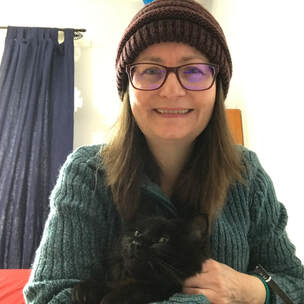 Have fun and let me know how you find this exercise. And maybe you may know some kids who may like to try this out, just for fun. If you've enjoyed this post, feel free to like, comment, and/or share.
If you'd like to keep up to date, feel free to subscribe to my Newsletter. Today's chat is with author Marg Gibbs about her book, Jasper's Jumbled Up Words. Megan: What are some of your influences in your picture book writing? Marg: Most of my influences come from family situations with the grandchildren who range in age from 2-10 years. I am also inspired and influenced by what I notice in shopping centres, parks, travel and holidays. Megan: You’ve said on your website that ‘always present was a passion for children’s stories, writing and art.’ In what ways have you followed this passion? Has it always been writing stories? Marg: My passion and zeal for children’s stories started when I had my own four children, visiting the libraries, reading to them daily and browsing over the art pages for myself. I love that you are transported to amazing worlds via characters and vivid settings. I followed the passion of art from high school to now, when I have gained more time after retiring to write stories, paint pictures and dabble in artistic and creative pursuits. My passion for poetry is strong with the wonder in language that echoes music, sound and imagery. Megan: Did being a teacher influence you and your writing at all? If yes, please explain. If not, what has? Marg: Most definitely, my teaching career allowed me to encourage and influence young people to explore, experiment and persist in their writing. Not every student enjoys writing, in fact, many times writing assignments is hard work and tedious. And, through teaching, I also developed my own writing style. Megan: Can you explain the story behind, Jasper's Jumbled up Words? How long did it take to write and publish? Marg: Jasper’s story is about a small boy who has difficulty speaking out the words clearly so that his family can understand him. He willingly tries to say many words but gets frustrated with the mixture of babble and pronunciation. Jasper’s story idea developed from my twin grand children who talk in their own toddler language. Jasper took me six weeks to write and have edited, with a few changes along the way. From finding an illustrator in Emma Stuart to having it published and in my hands, it took nine months. Throw into the mix Covid 19 and Christmas holidays. 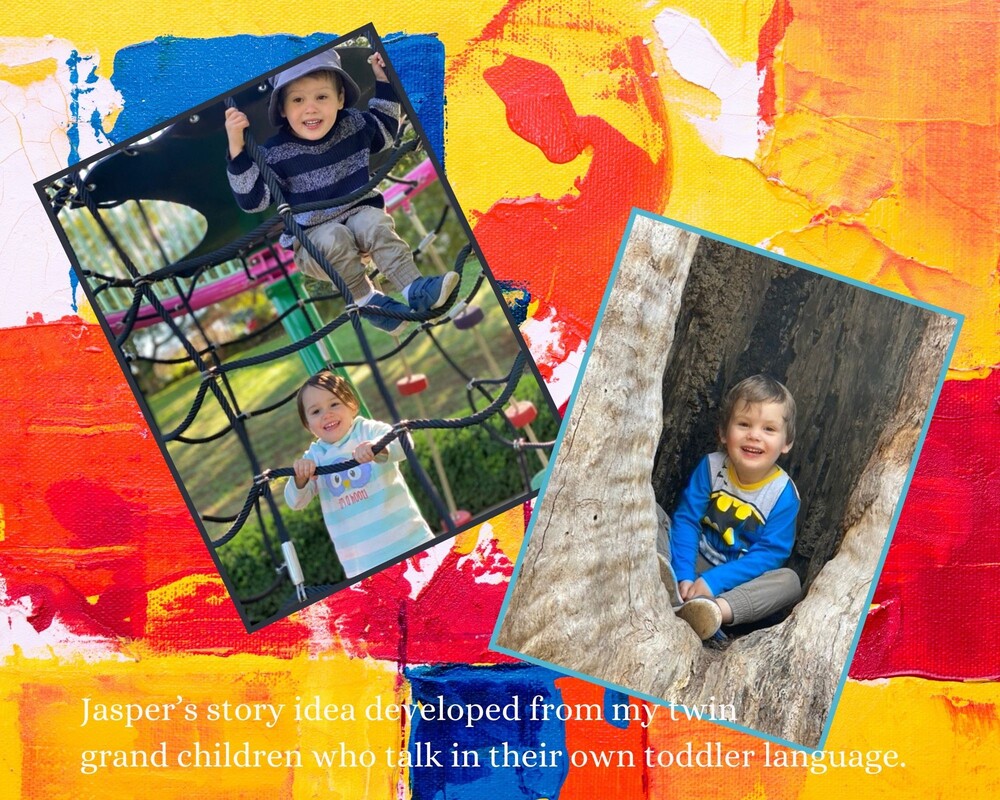 Megan: How did you find Emma to illustrate your book? Marg: I searched one day on the internet to find an illustrator who could draw children and realistic family scenes. I had a short list of three names and emailed each of them. Emma enthusiastically liked the story with the view that I would self- publish it. She sent me some sketches, I sent her a few photos and my ideas and we collaborated from there. She is a professional artist who has been commissioned for her work with traditional publishers. Megan: What was the process like working with an illustrator? Marg: At first, I learnt how to write an illustrator brief to send to her. She asked me questions about the size and details of each spread. I calculated how many double page spreads I could afford. She was working on my manuscript then after a few months, she juggled a couple of other bigger projects, so I extended her time to another six weeks. Emma was professional, hard-working and captured the day to day family routines capably. There was one illustration I didn’t use in the end. Overall, our working partnership was very positive. Megan: What is the bravest thing you have ever done in your life? Were you afraid? How did you overcome your fear and do it anyway? Marg: I guess way back when I was 17 years old, I wanted to travel to Scotland to visit my grandmother. My father was against me going and wasting my savings on an air ticket to a freezing, unforgiving country. My Dad was a Scot. I went by myself, gave up my savings to buy a car and travelled by plane, then bus to stay in Falkirk. I did have a few home sick moments but overcame my fears with prayer, an open heart and the belief that I could do it. Megan: What next for you?More writing, creating and enjoying the beauty up here in Mapleton. I long to be a kinder and more loving person to my family and friends. My travel goals would be to reach the Kimberleys and visit New York one day and Novia Scotia. Three fun facts about Marg: I love to dance to Blues music. I love to run backwards down the street farewelling my grandchildren. I love to play hide and seek with the twins. Marg Gibbs can be found at the following links: Website: www.mjgibbs.com.au Facebook: Marg Gibbs Twitter: Marg Gibbs This feature with Marg Gibbs is a part of the ‘Jasper’s Jumbled up Words’ book campaign with Books On Tour PR & Marketing (www.booksontourpr.wordpress.com).
Children's author Julie Hedlund, challenged participants of her 12 Days of Christmas for Writers series to post SUCCESSES (rather than resolutions) on our blogs this year. She believes the way New Year's resolutions are traditionally made come from a place of negativity - what DIDN'T get done or achieved in the previous year. Instead, she suggests we set goals for the New Year that BUILD on our achievements from the previous one. I decided to participate in this Anti-Resolution Revolution! As some of you may be aware, my daughter had to have major surgery at the end of last year (2018). As she helps me out a lot due to me having Fibromyalgia and Chronic Fatigue Syndrome/ Myalgic encephalomyelitis, I ended up having to help her as her health deteriorated before her surgery, and then in her recovery after her surgery. Only problem was, I needed help and didn’t yell loud enough and ended up having a CFS crash. I had to resign from my part-time job and have been unable to return. Initially, I would get out of bed, see if my daughter was okay, get food, and within twenty minutes be back in bed. Gradually I was able to stay up for longer and longer periods of time. My daughter has recovered. I have not. As of today 30th December 2019, I am far better than I was one year ago. However, I am not recovered from the CFS crash. However, as you read through this list, and look at the photos, there is a bigger story. I have made the most of every minute that my mind was clear, and I could be upright. I didn’t waste a second. There are still some days I spend a lot of time in bed as I just have to be horizontal. Once I start working on a project, I may only have half an hour, or it might be two. Then I have to lay down again. Some days are better than other. It’s unpredictable. The fact I got all this done, and more is amazing to me. Here is my list for 2019. Writing: I successfully launched my book, ‘Raymund and the Fear Monster’ with the help of my friend and illustrator, Ester de Boer. I participated in my first book blog tour with my first book. It was fun being interviewed and not doing the interviewing. (Though I like that too). It was also exciting seeing our book with its own book trailer. I lost count how many times I watched it. It went down well at school visits too.
I had a story shortlisted in a competition and my story was traditionally published in an anthology and it was chosen to be read on radio. My two stories, Supermoon and Fairy Dust and Freya and the Fear Monster were accepted and published in the Flip book of the Creative Kids Tales Story Collection Vol. 2 Bump in the Night and Enchanted. I was asked to do readings of my book at different schools and do an author Q & A. I found someone to help me with video editing — Nat K. I managed to do a reading of Raymund for my Youtube channel and get it up. I caught up with some amazing authors and illustrators while they were visiting schools in the area. By Christmas, I had three books out. Two anthologies and my own book. Illustration: I painted more this year and learned heaps. I sold my first painting. I had nine illustrations published in the Flip book of the Creative Kids Tales Story Collection Vol. 2 Bump in the Night and Enchanted. My artwork was on posters. I received a contract as a direct result of the publisher seeing my illustrations. I’m being mentored by Nina Rycroft through this picture book. Personal: I went on my first holiday in years with a friend. I became Street Library Ambassador and spearheaded the Street Library Project for my area to see many Street Libraries set up. I'm so excited to see what 2020 will bring my way.
It was exceptionally difficult to choose a winner and it took Ester and I literally hours to choose. We looked at what jumped out at us, and how well the student interpreted what their fears are as a picture, and how much detail they put into it. We created a long list and then a shortlist, and then narrowed it down to even less, and then the winners. Every student who entered and drew their Fear Monsters is a winner. You all did amazingly and made our job so hard. Well done to all of you!!! So here it is… Competition winners: 1st Place was a tieName: Finley Age:6 School: Bracken Ridge State School Class: Prep/1 Finley wins a signed hardcover copy of Raymund and the Fear Monster Also 1st PlaceName: Latisha Age: 8 School: Morwell Central Primary School Class: ½ C Latisha wins a signed hardcover copy of Raymund and the Fear Monster and a free author and illustrator visit for her class 2nd Place Name: Xander Age: 8 School: Morwell Central Primary School Class: ½ A Zander wins a signed paperback copy of Raymund and the Fear Monster 3rd Place3rd Place Name: Leonardo Age: 8 School: Chairo Primary School Class: 2 JJN Wins a signed poster from Raymund and the Fear Monster  Phew! I'll be posting Finley's prize off to him this week, and delivering the other prizes to the local school on Friday. Good luck and happy Fear Monster taming.
It is with great excitement I welcome you, dear reader, to the #JunoJonesWordNinja #blogtour! I had so much fun interviewing Kate. So strap yourself in for a great read. Prior to becoming a writer, you worked as a children’s librarian and bookseller. Have you always written? Or did being surrounded by books all the time rub off on you? Well, the answer to both of those questions is yes! My dad was a school librarian and I grew up in his library, in the back corner, on a bean-bag, with piles of books around me. And my house was very much a bookish one. Reading and writing stories was just … always a part of life. My dad writes, too, and wrote me stories and it just felt like … a thing people did? I never saw it as a viable career, though, so I did all the other bookish things I could think of, instead. When I actually became a professional writer, it was a complete (magical) accident. Can you elaborate? How did this complete magical accident come about? I began a role as a school librarian and was encouraged to do a university course in literary studies, so I could specialise. One of the units was creative writing. The task was to write a short story, but I have always been terrible at writing short stories and two thousand words ballooned into fifty thousand. My lovely lecturer, thankfully, did not fail me and, instead, strongly encouraged me to apply for a Varuna fellowship, which I was lucky enough to be awarded. On the back of that, my first agent, Nan Halliday, took me on. She sent the story to Allen and Unwin, who didn't want to publish it but were looking for an author for the final book in their Girlfriend Fiction series. They asked me to have a go at writing one. They liked what I wrote and ... it just kept going from there! Ten years on (minus a gap of four and a half years while I was focussed on my young child), I'm still doing it! You’ve written five young adult novels. What drew you to write for a younger audience? I have always wanted to write for younger kids but never quite found a way to do it – it’s much trickier than you might think (not that being a YA writer isn’t!). I still feel deeply connected to my inner kid (a blessing and a curse). It was having my daughter that finally made me work hard on writing for a younger audience – I wanted to write books that she could read NOW, instead of in five or ten years. It’s been lovely seeing her excitement at reading the books and sharing them with her friends. There’s no book fan like a six-year-old book fan! Can you tell me how Juno Jones Word Ninja came about? What inspired you to tell this particular story? I always start with a character, and usually they pop into my head completely unbidden. I’m not one of those “woo” writers who believes I’m not in control of my story, but I do often get “visited” by characters who want me to write about them. The imagination is an incredible thing! Juno was one of those characters. She’s a bit of a combination of me as a kid (and the kid I wished I was) and my little brother, Richard, to whom this book is dedicated. He was the kid who was obsessed with ninja turtles and all the active things and thought reading was boring, until he discovered books like Animorphs and Goosebumps that sparked a life-long love of books. I hope that Juno Jones does for a kid what those books did for my brother! How important is it to have humour in children’s books? Well, it depends! It’s important in books that are meant to be funny! I love a funny book for kids – as does my daughter – but I also adore books that are serious and moving. There’s a place for every book and the right book will connect with the right kid at the right time. Sometimes, when I was a young reader, I really needed to read a book that was sad and deep and let me connect with deep emotions inside of me. Those books are hugely important. And sometimes you just need a laugh and an escape! Do you have any advice on writing humour and non-boring stories? Golly, I wish I did! I was lucky that Juno just came out as a bit of a funny character. She has no filter and I think that can be hilarious. I have tried to write “funny” books and they’ve been terrible. I don’t think the other books I’m working on are funny at all. Juno just came out that way! Does Juno, or any of her friends get scared in the book? If so, what do they do to overcome it? Juno is pretty fearless, which is the “kid I wish I was” part of the story! Some of the other characters do experience a great deal of fear and anxiety, in particular Shy Vi. And it’s in Juno’s interactions with these characters that I think show that she is not all bravado and boldness. She is enormously empathetic and kind, when it comes to her friends, and this is my favourite aspect of her character. Shy Vi is able to cope with the help of her friends. Paloma also struggles with anxiety, and does not have the support of close friends to help her – at least in this book. I’m hopeful things will change for her in future books! What’s next for Juno? Juno has two more adventures forthcoming, full of mystery and intrigue and problems for her to solve. And the Alien Lizard men are always hovering in the background, threatening to destroy her school! What else are you working on? I have a few middle grade books in the works – aimed at a slightly older audience than Juno Jones (my daughter is growing up so quickly!). One is a contemporary middle grade, one is a magical school fantasy, and the other one – which I have been working on since my daughter was a baby! – is a book about a family of wicked sisters living in Tasmania during the first world war. And of course, there are more Juno books coming up, which is beyond exciting! Three fun facts about Kate:
Her website: kategordon.com.au Instagram: direleafhall Twitter: @direleafhall Check out the whole tour: |
AuthorOn my blog you will find: Categories
All
Click to set custom HTML
|
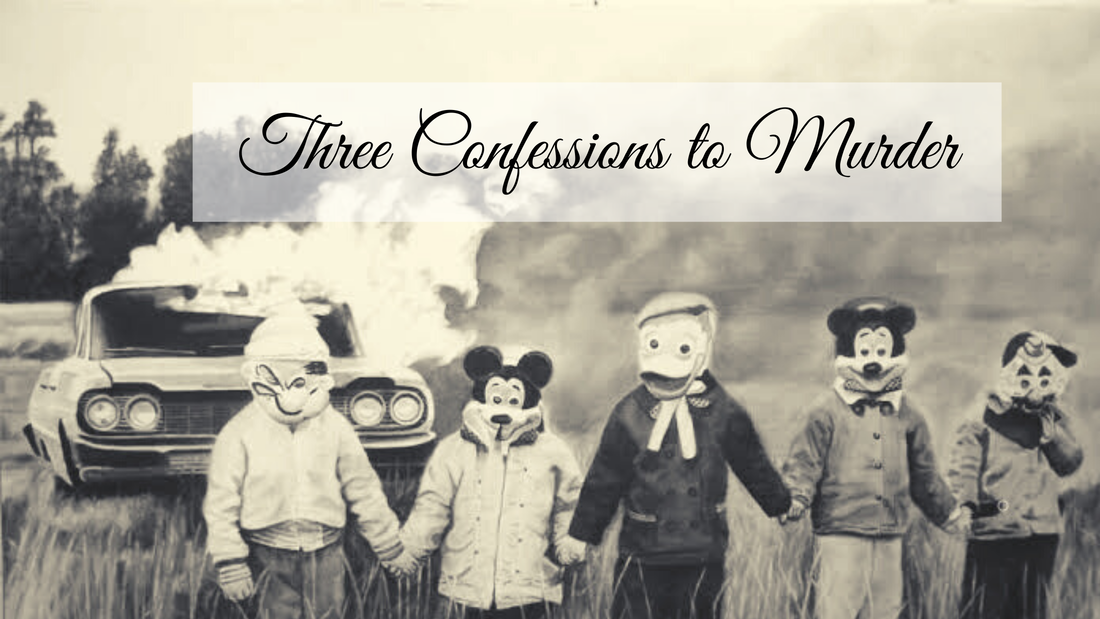
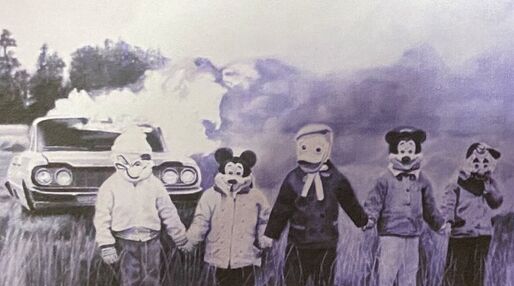


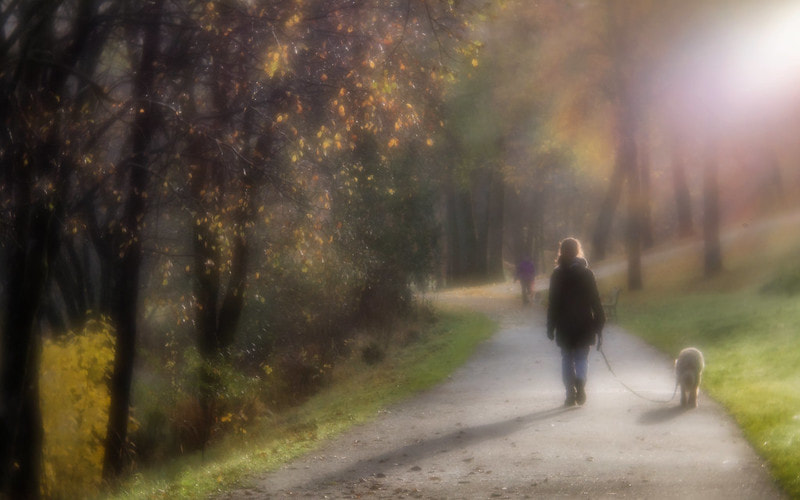
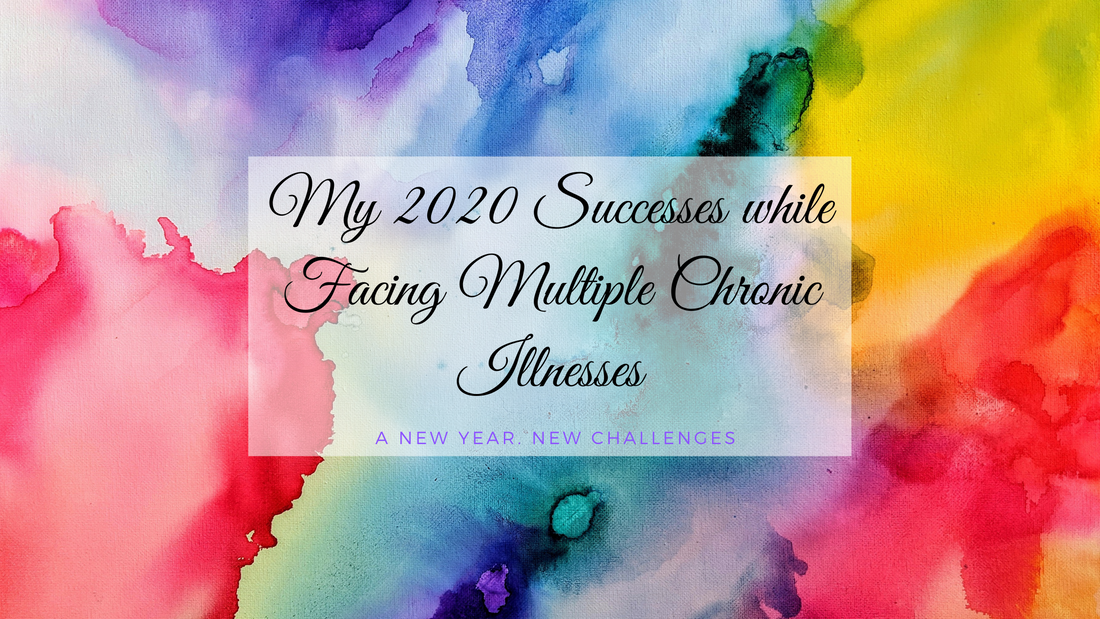
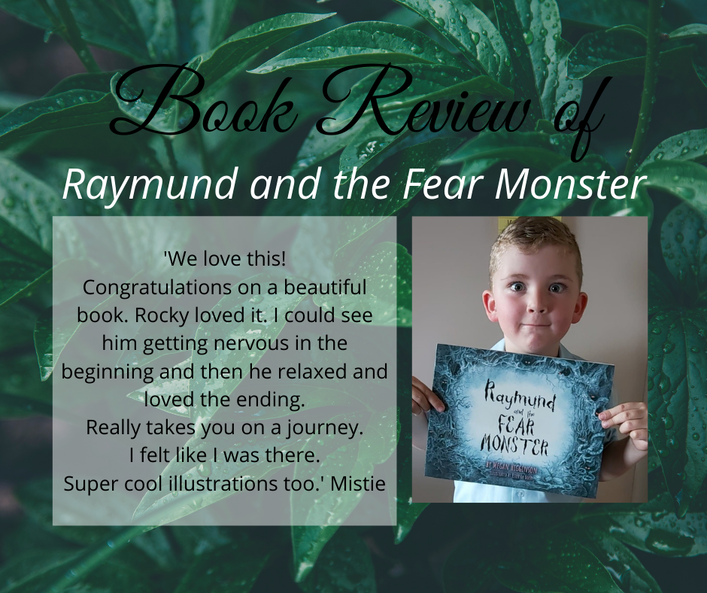
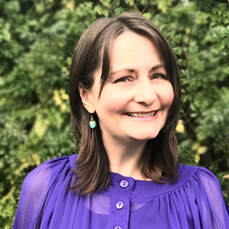


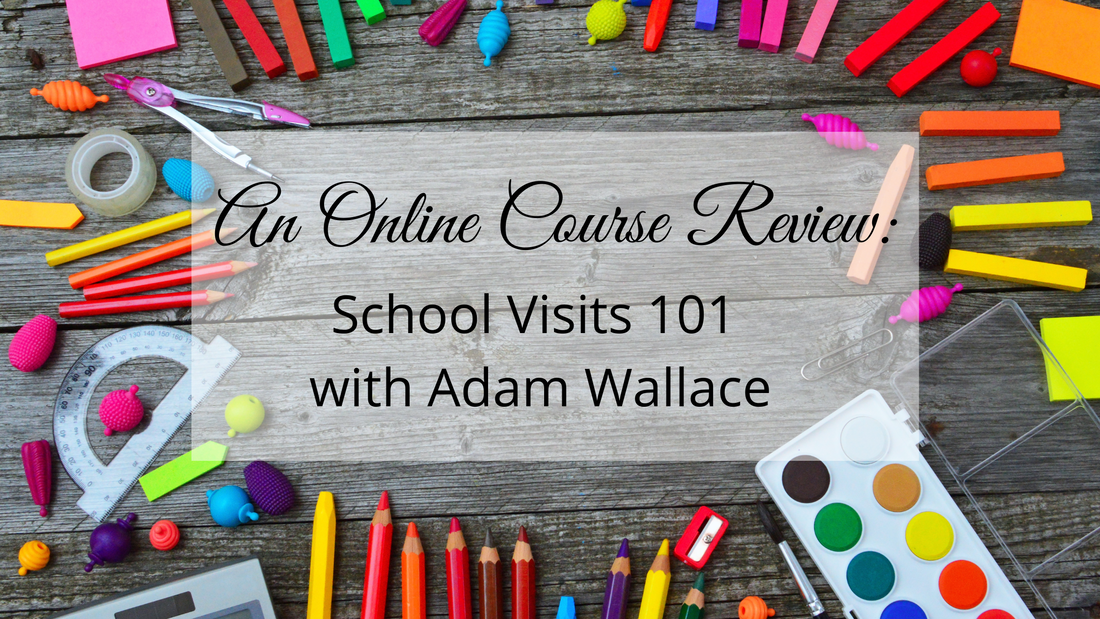
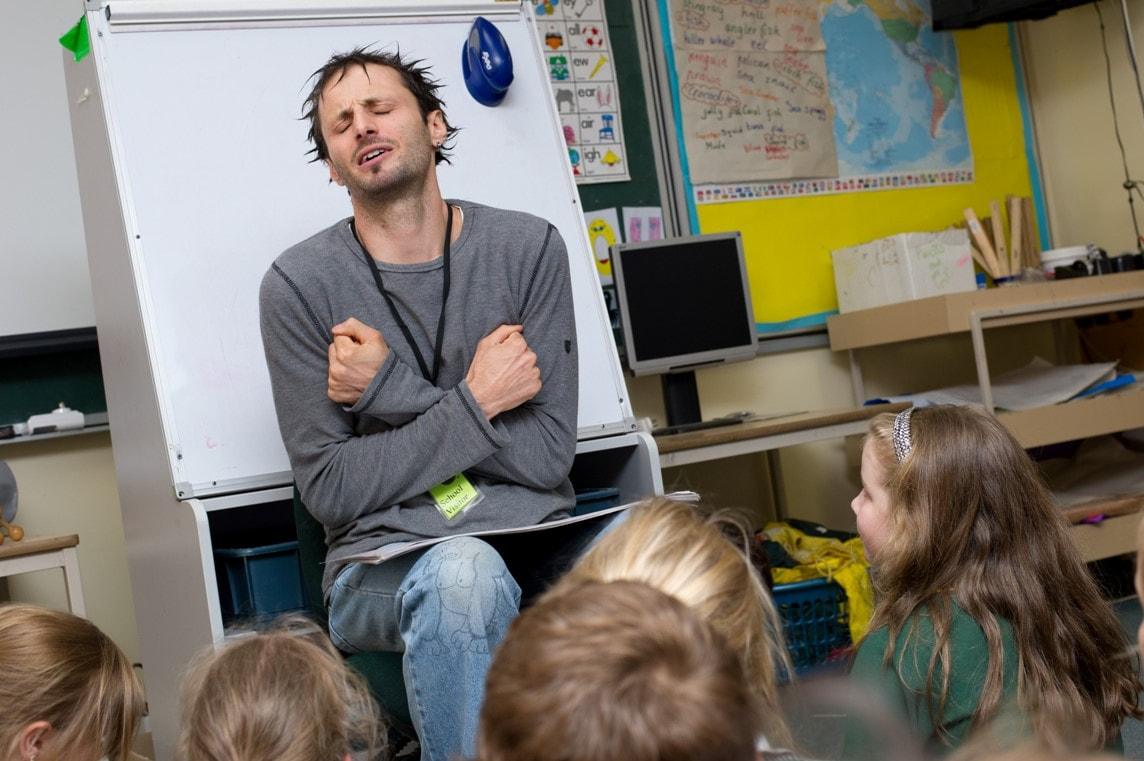
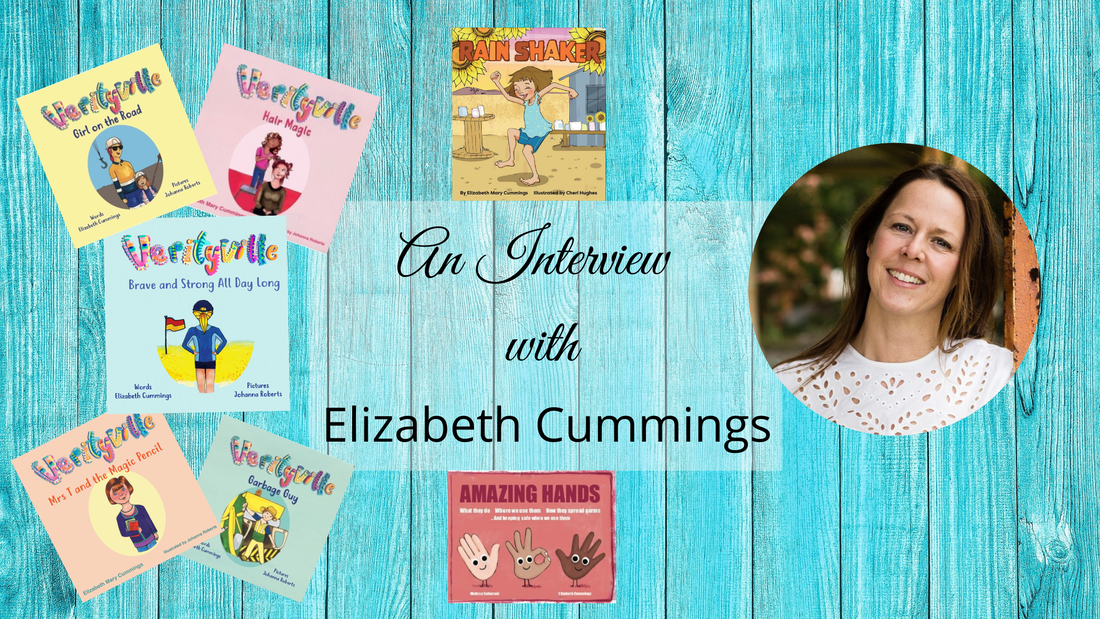

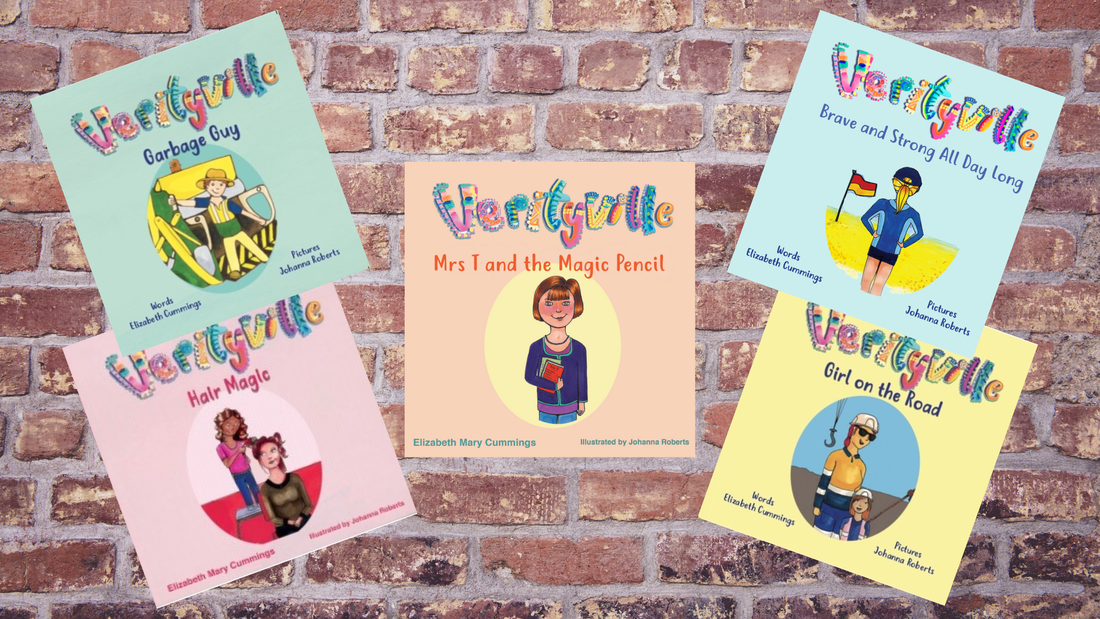
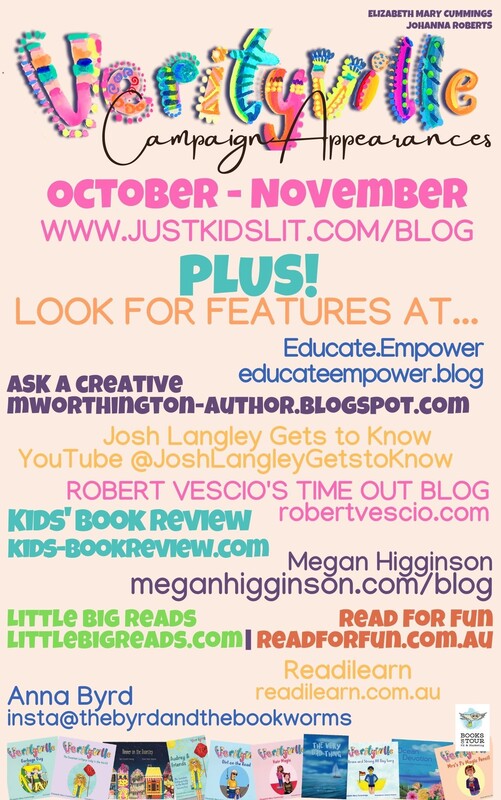
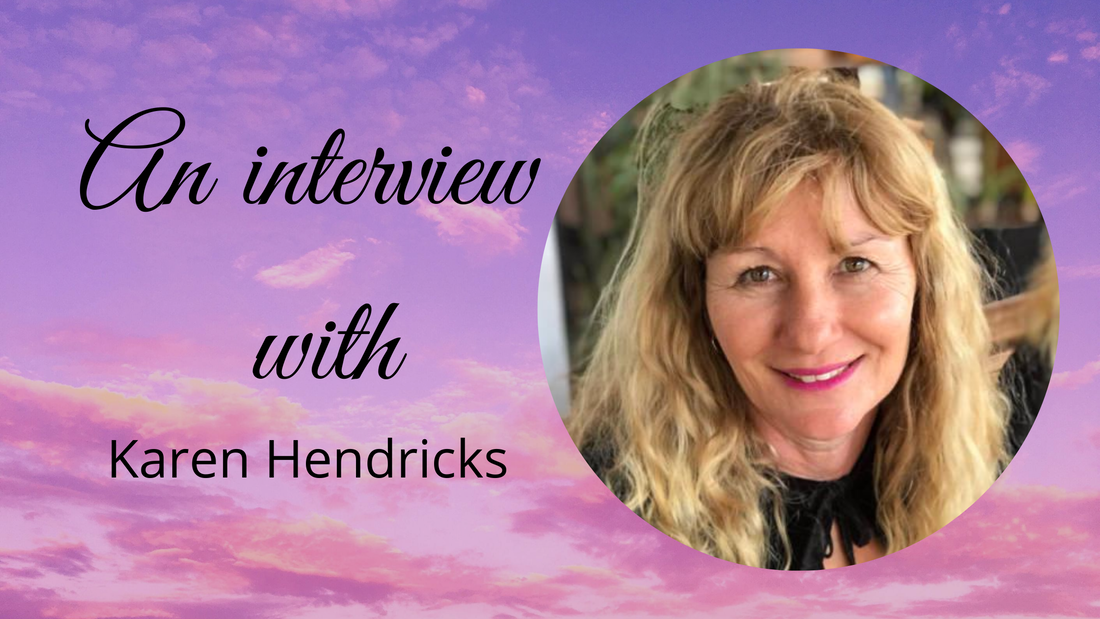
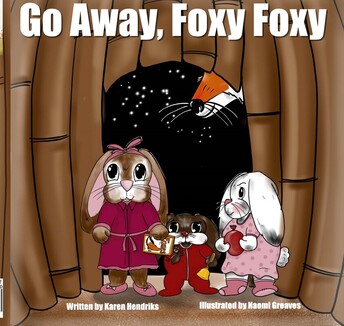
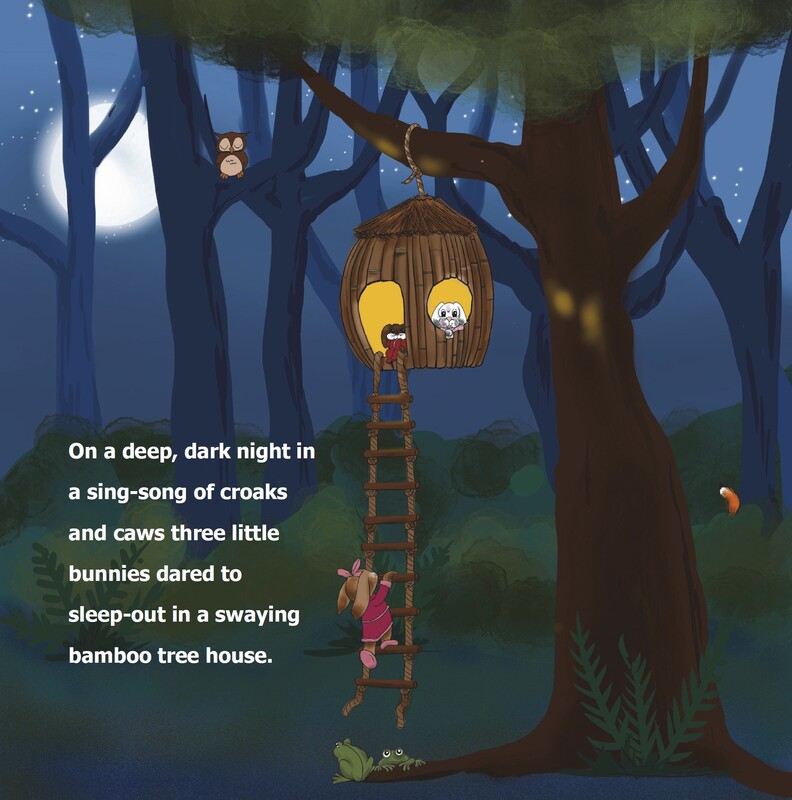
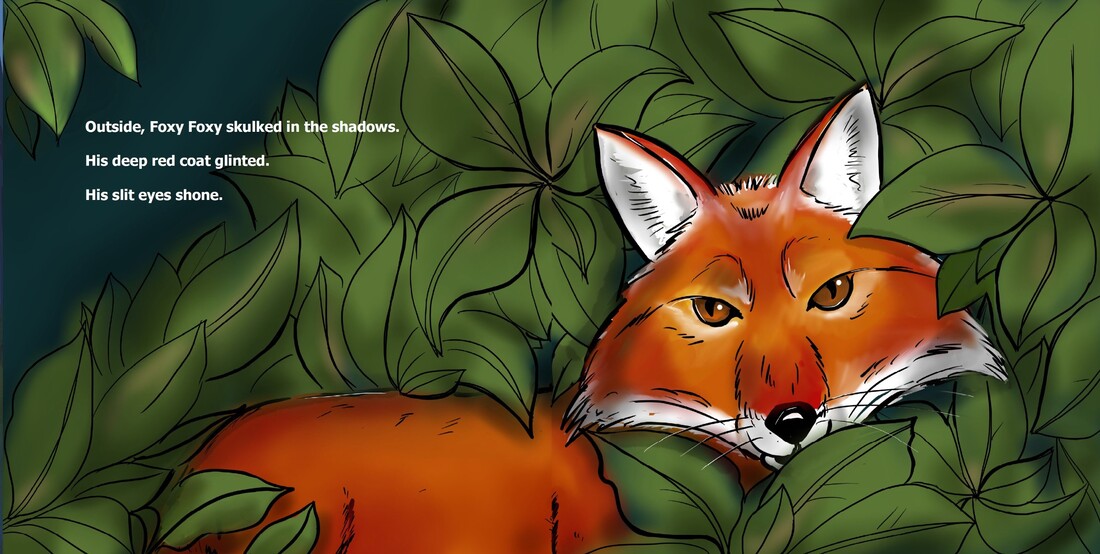
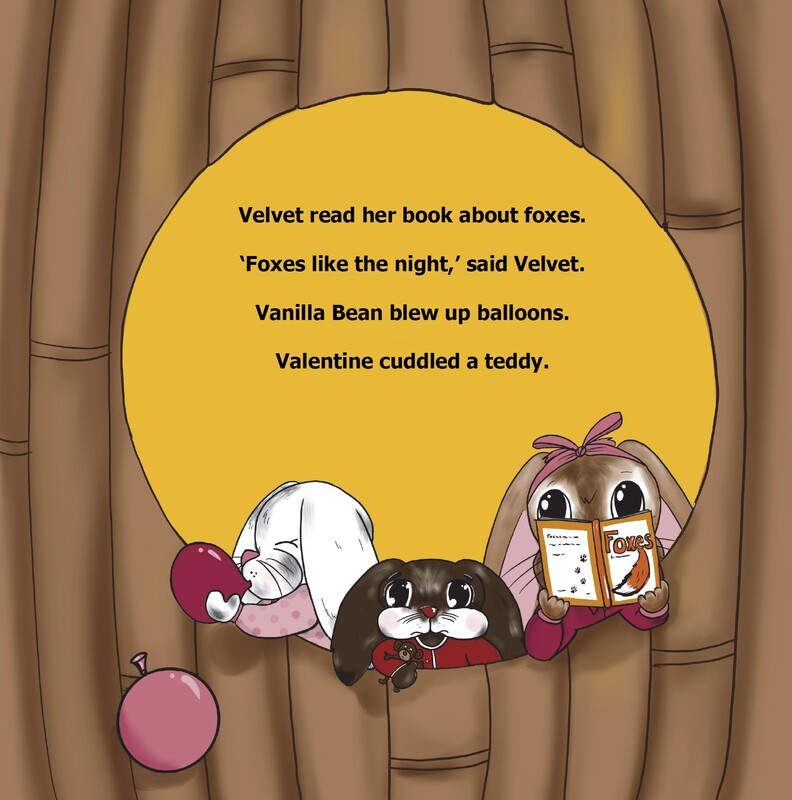
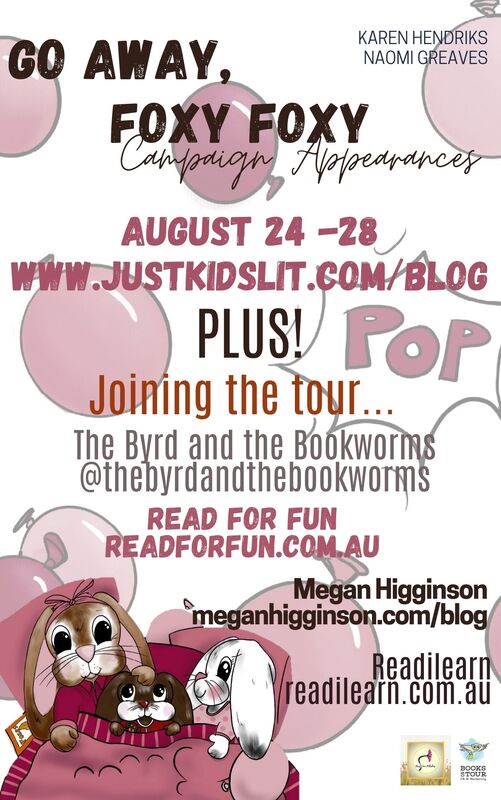
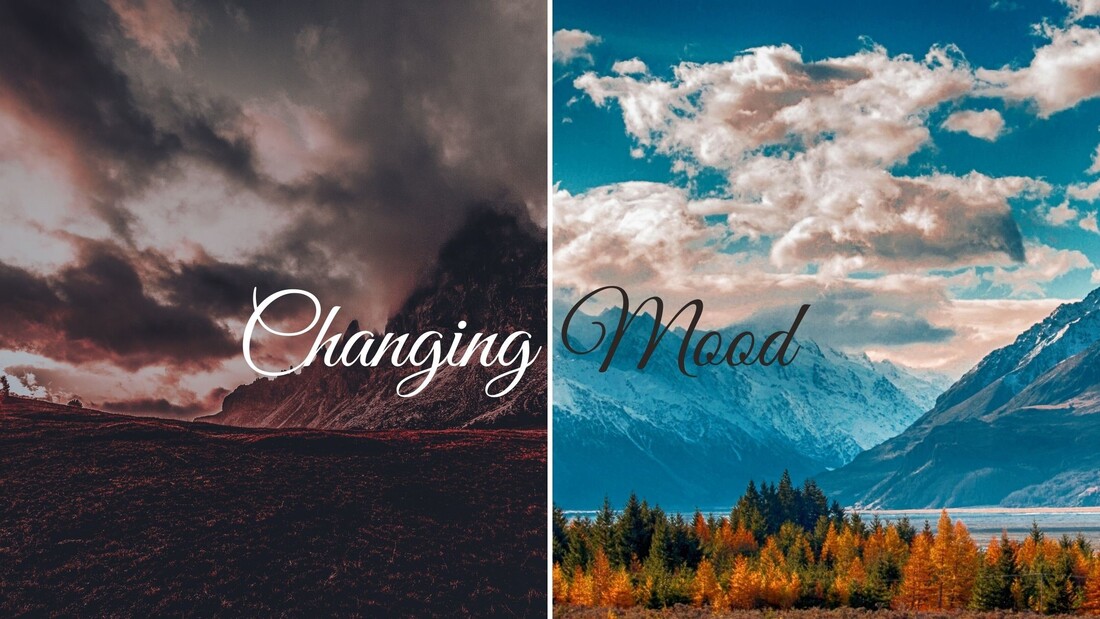
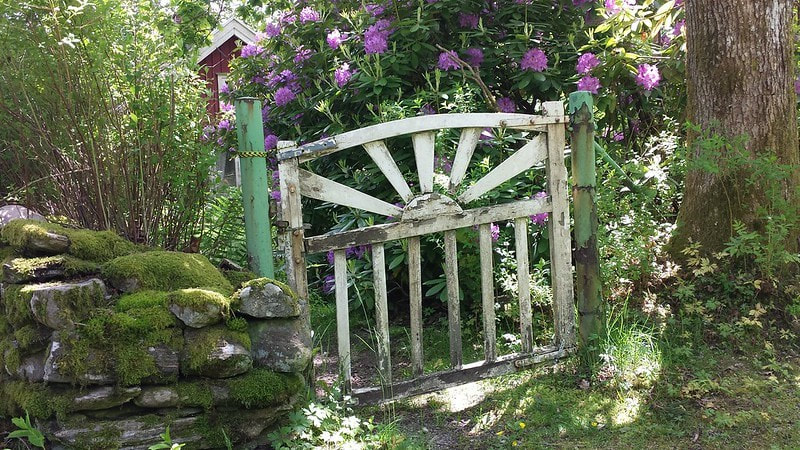

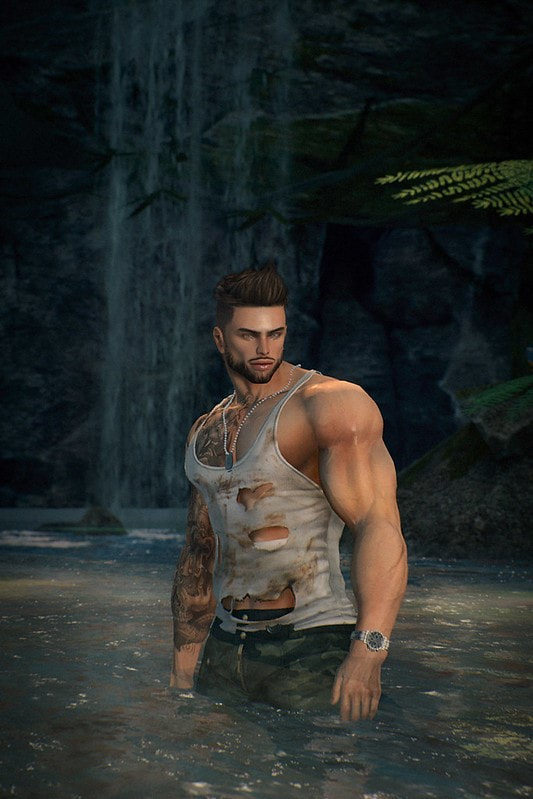
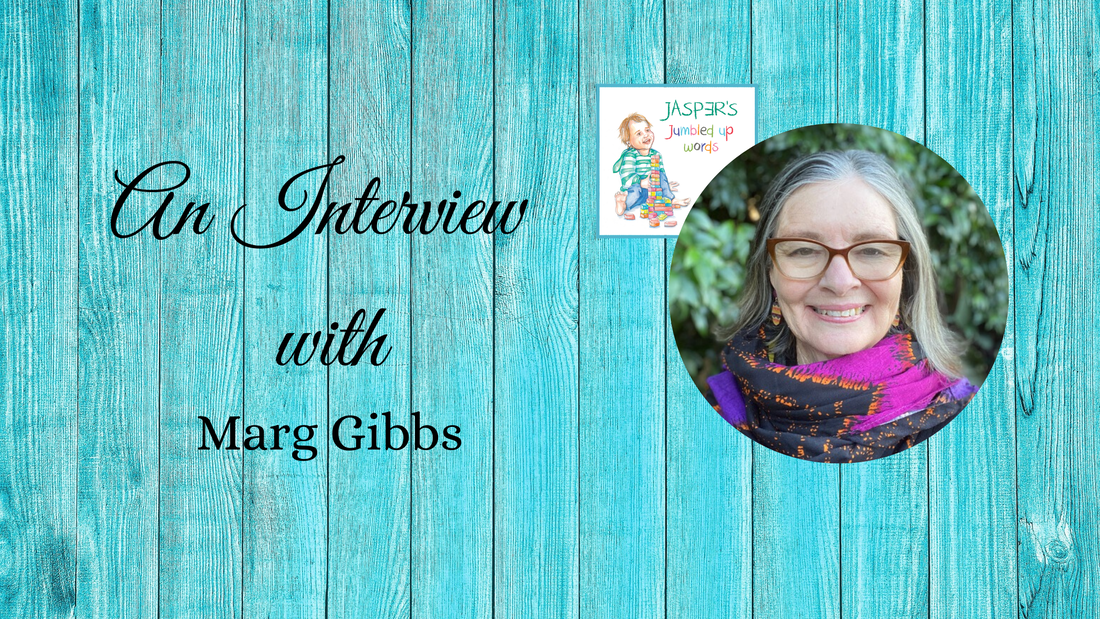
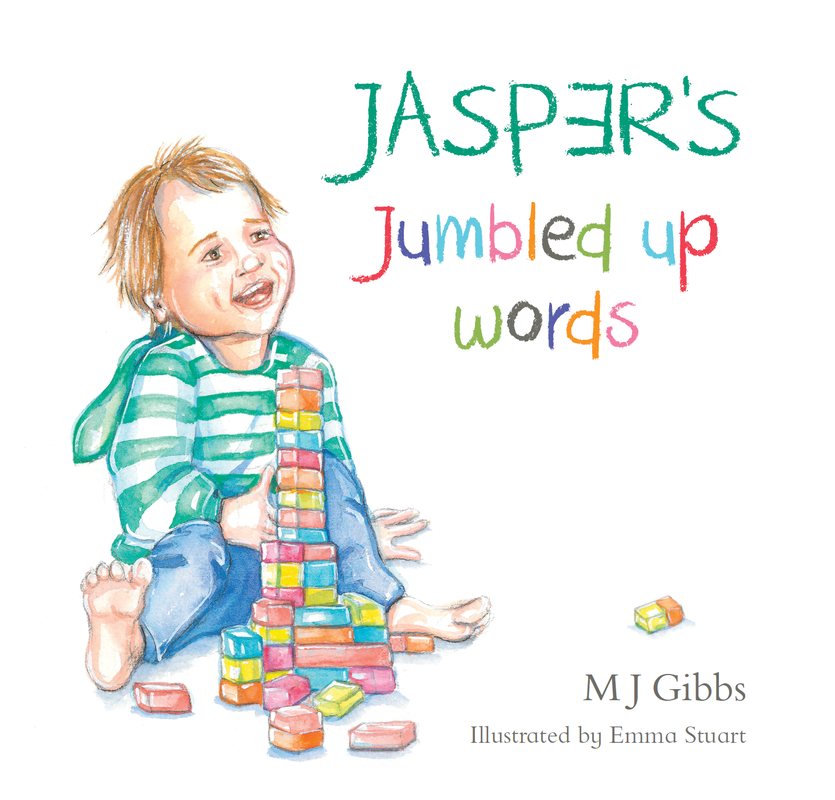
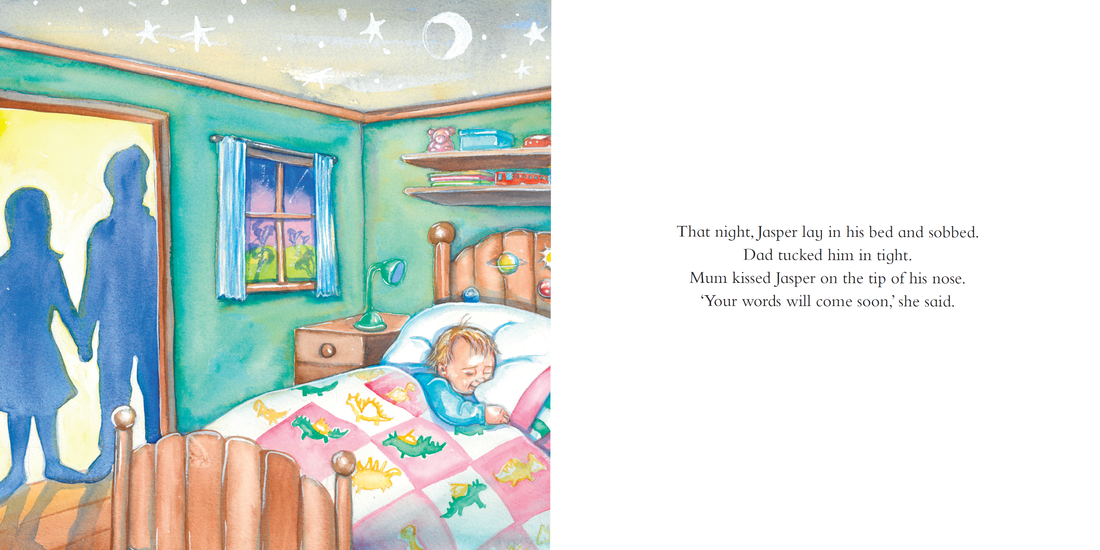
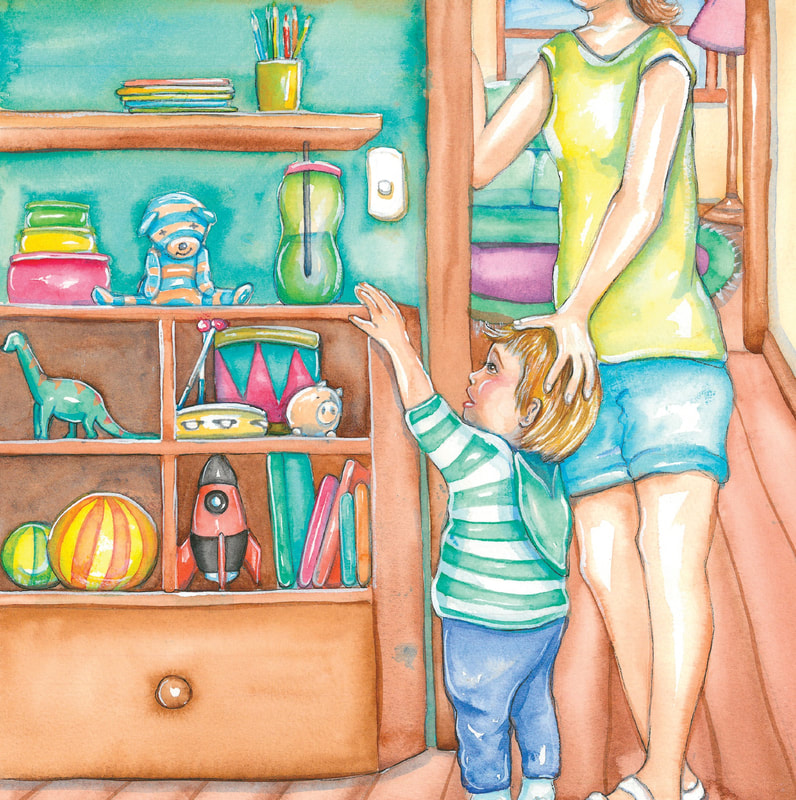
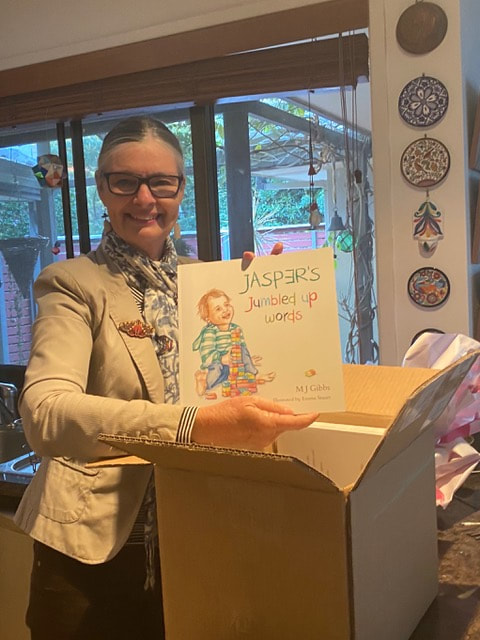
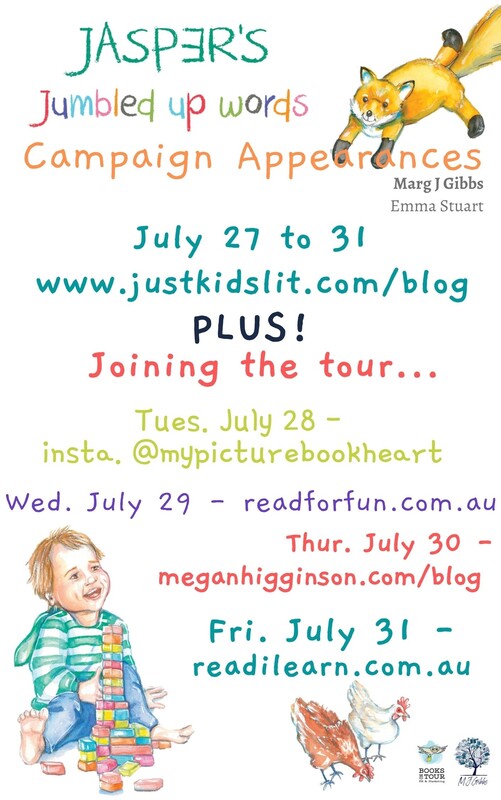
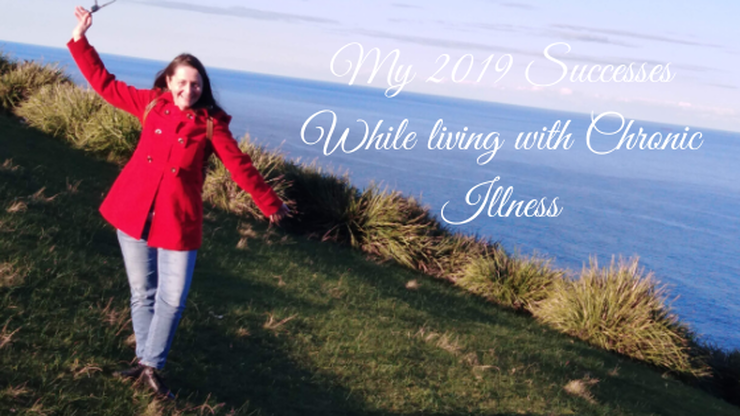
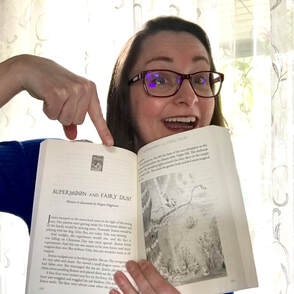
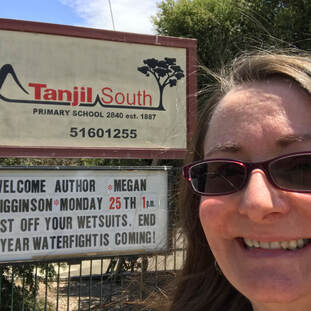
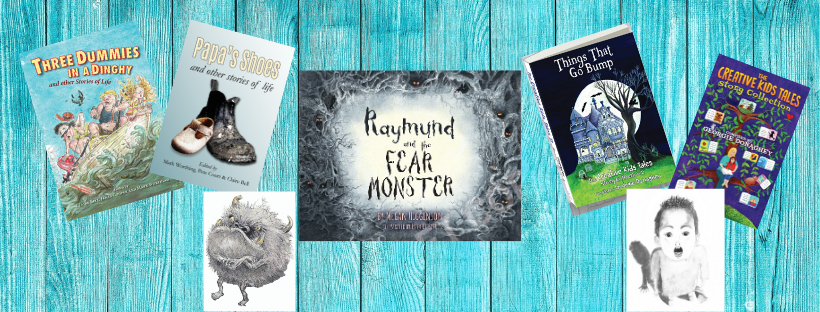
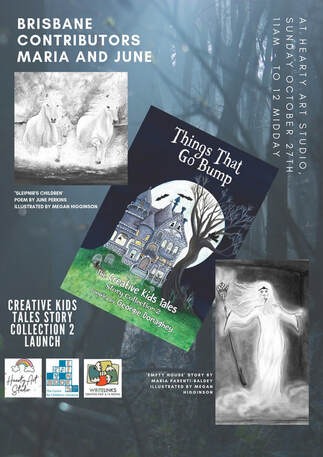
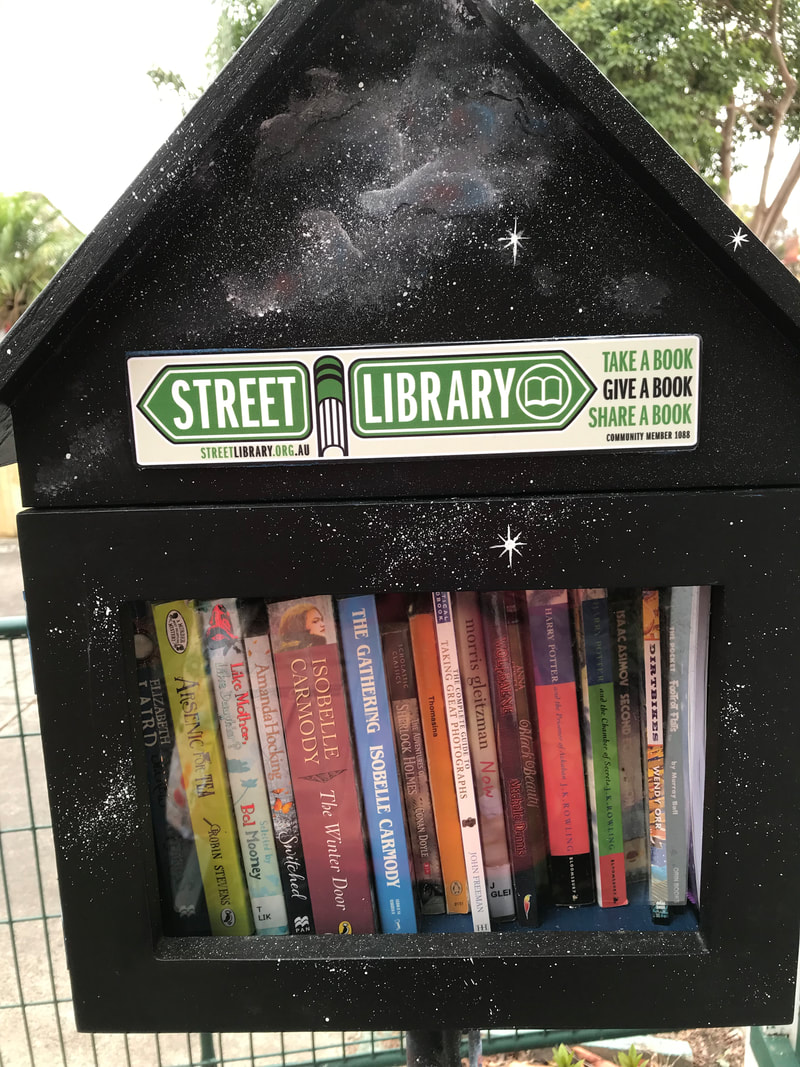
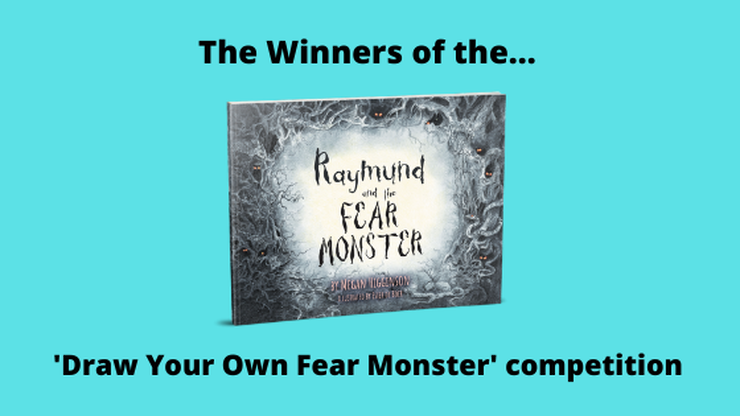
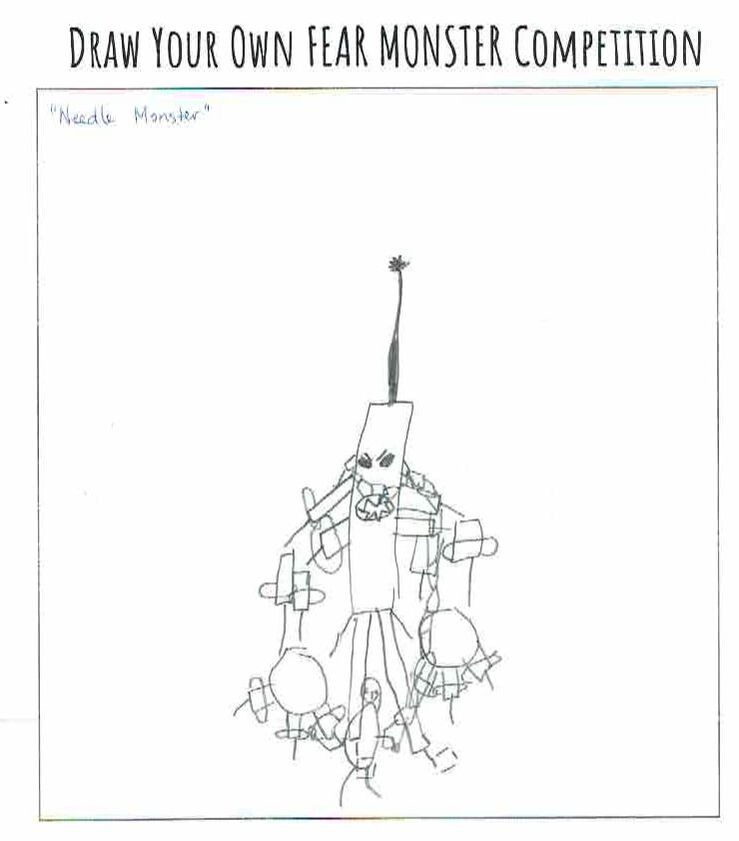
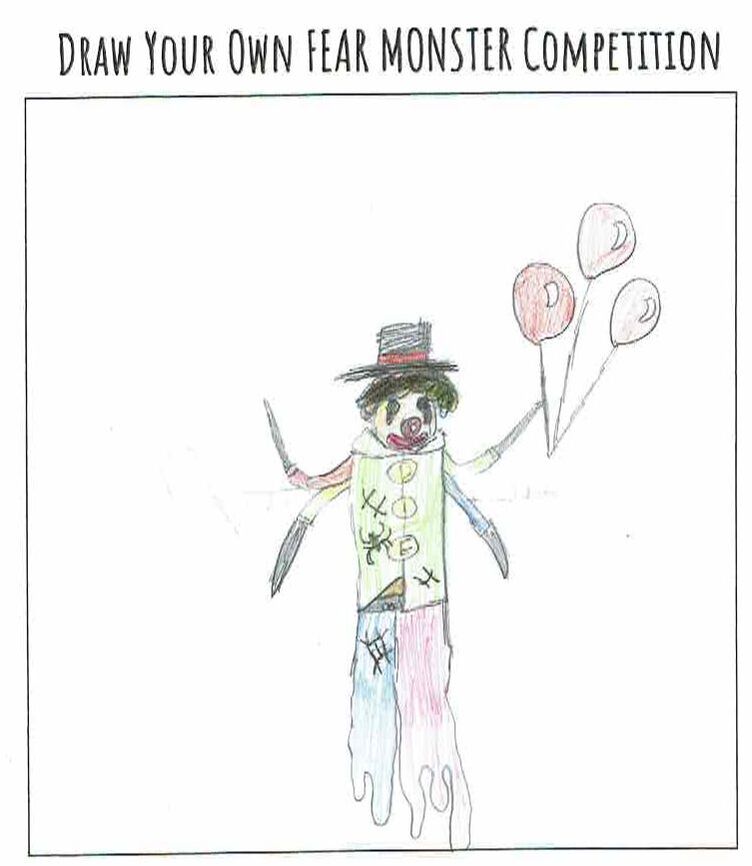
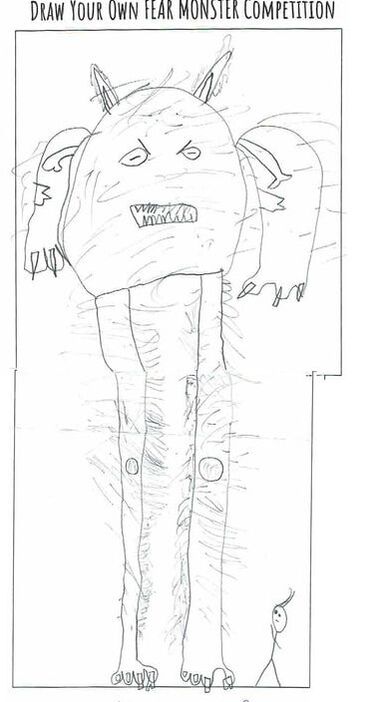
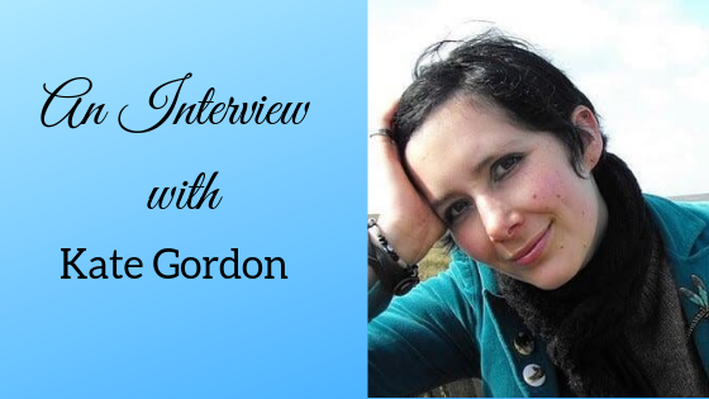
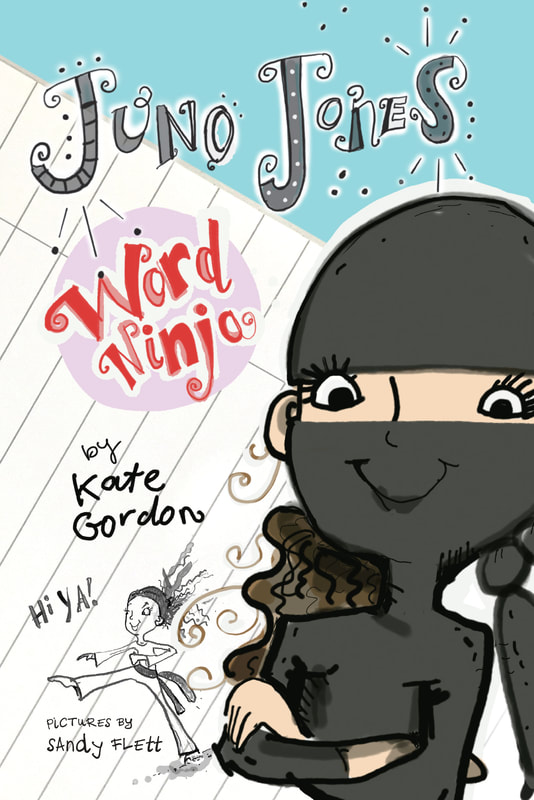
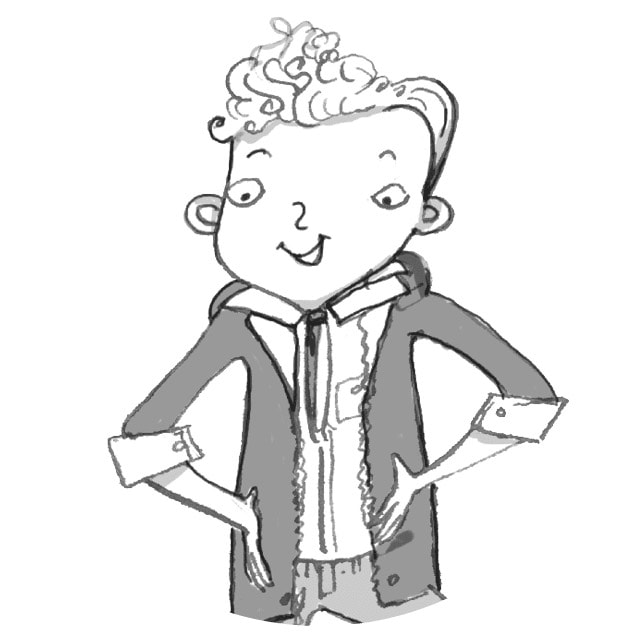

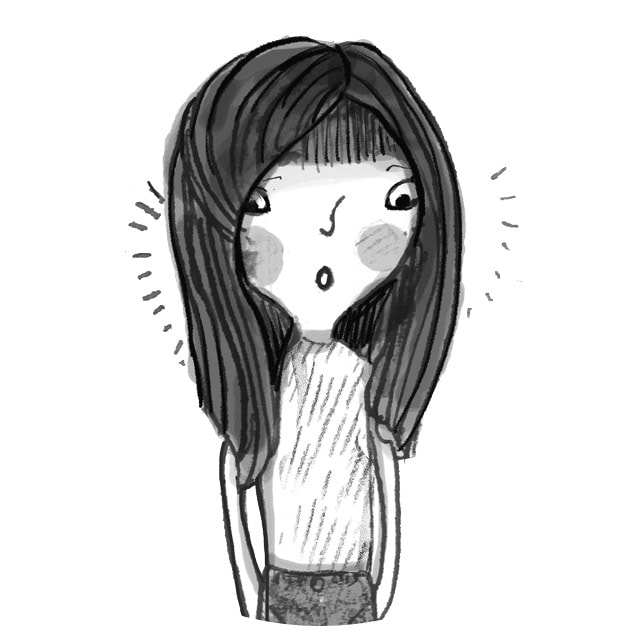
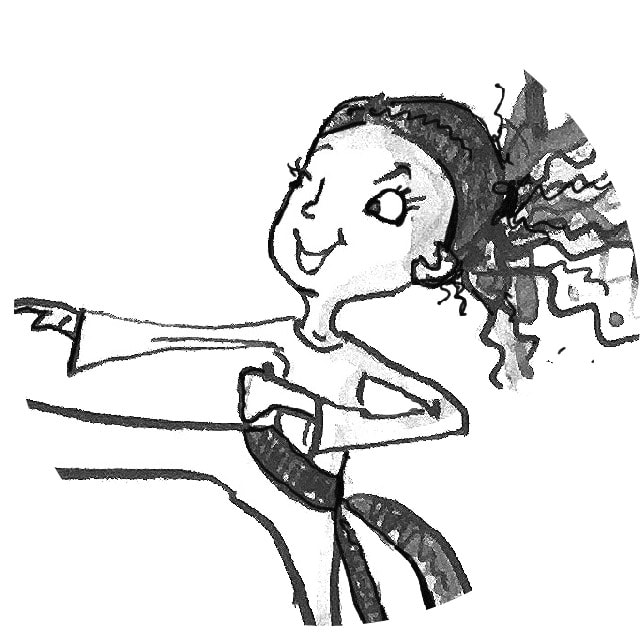
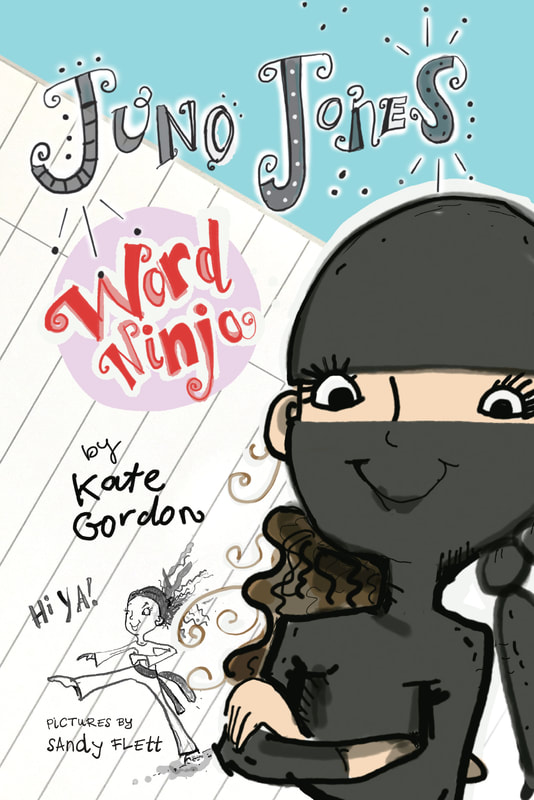
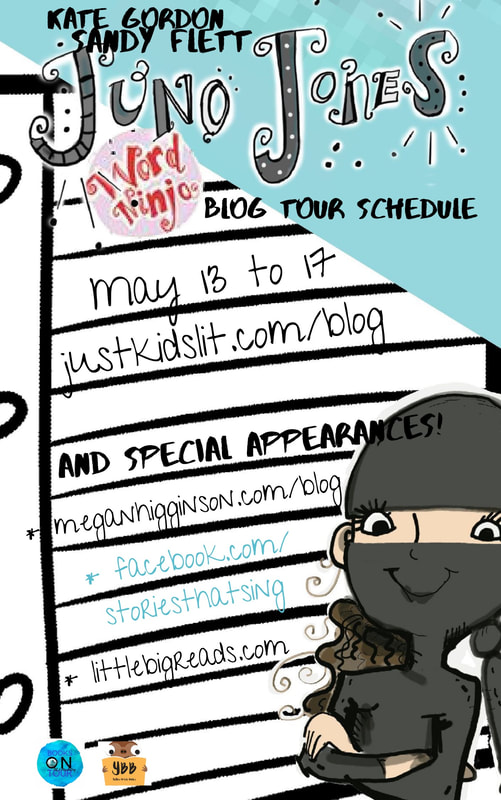
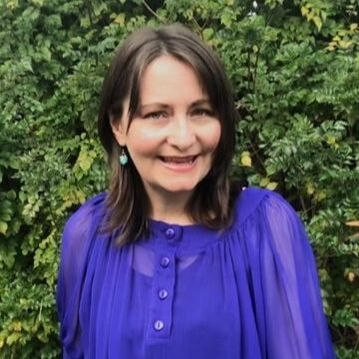
 RSS Feed
RSS Feed